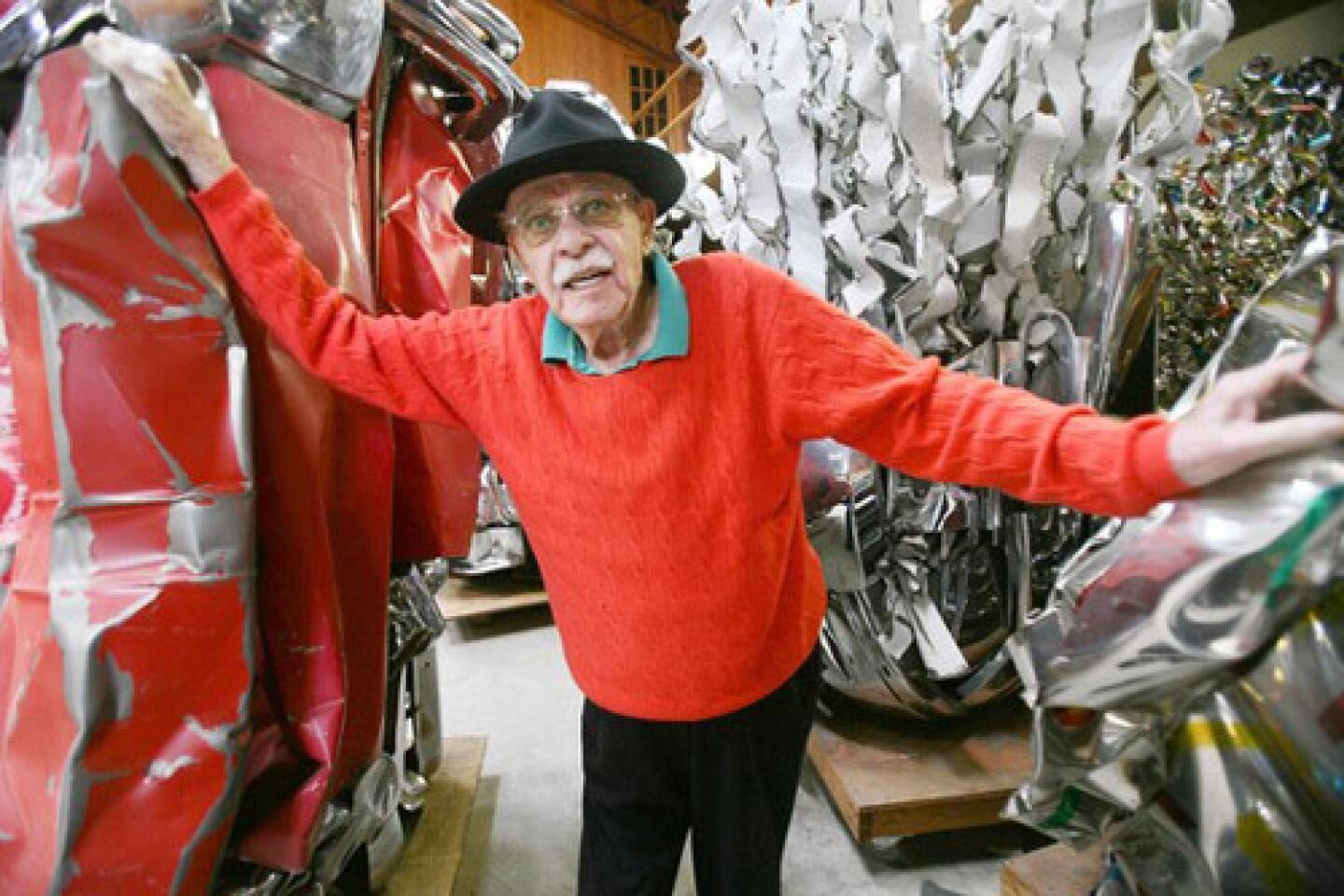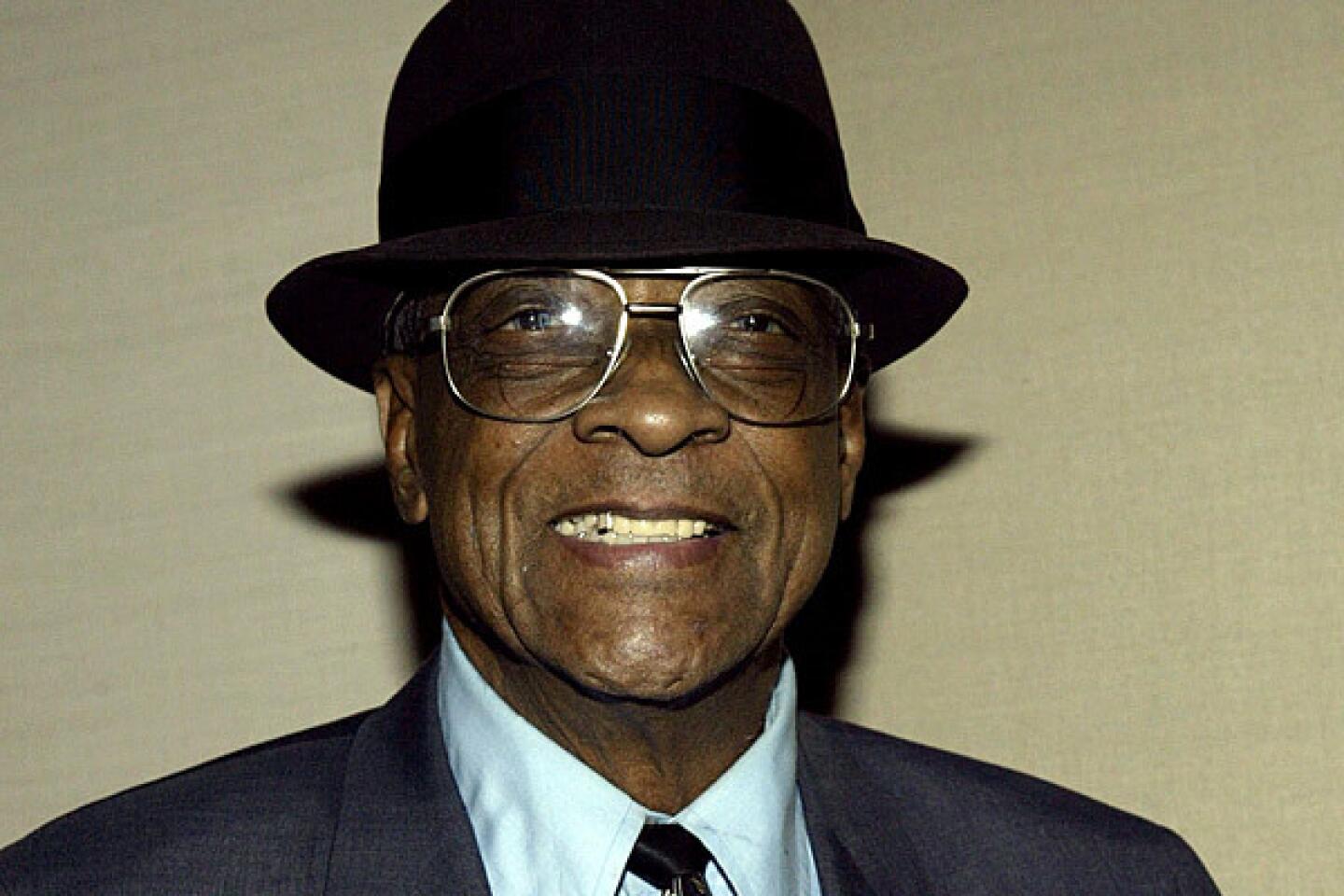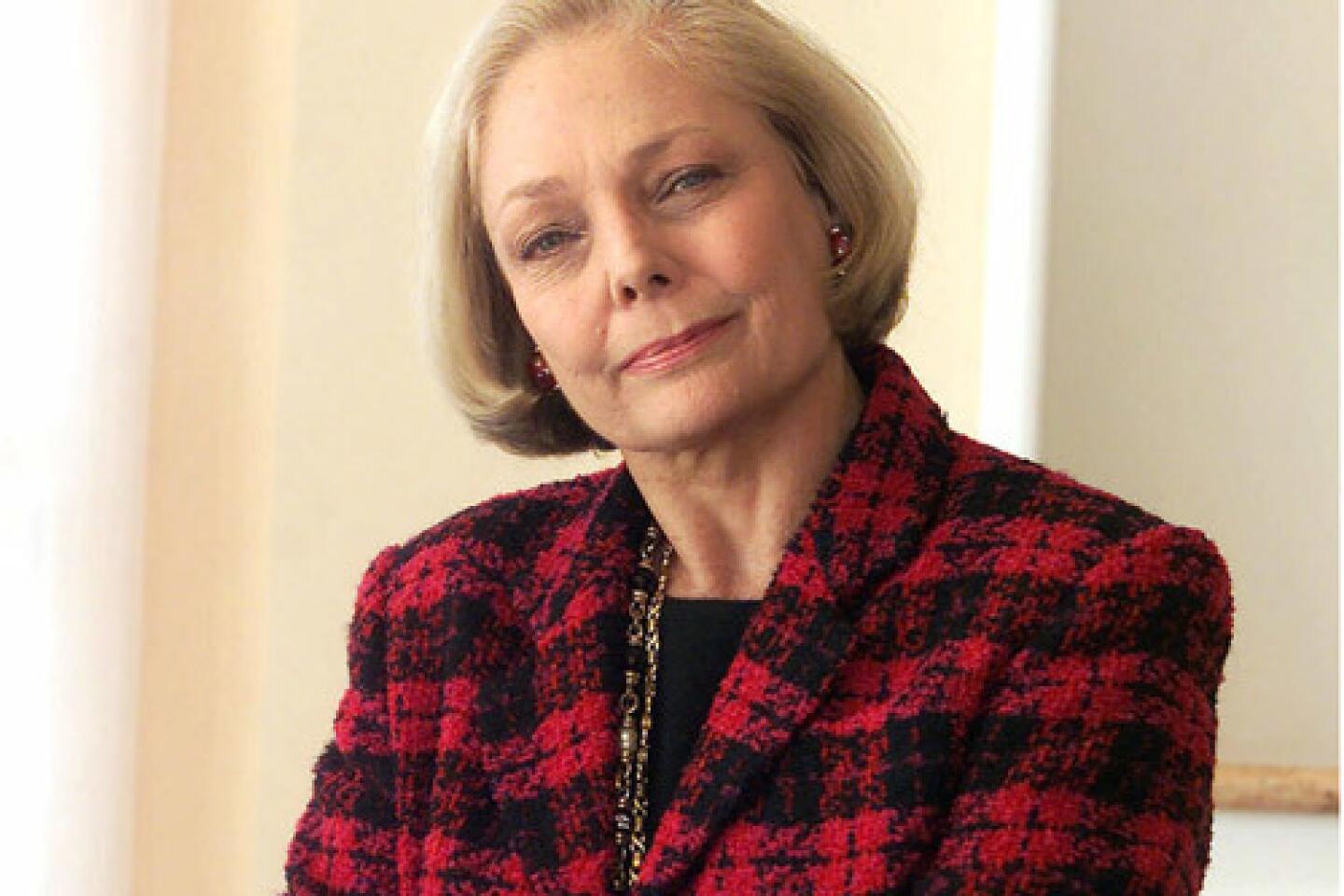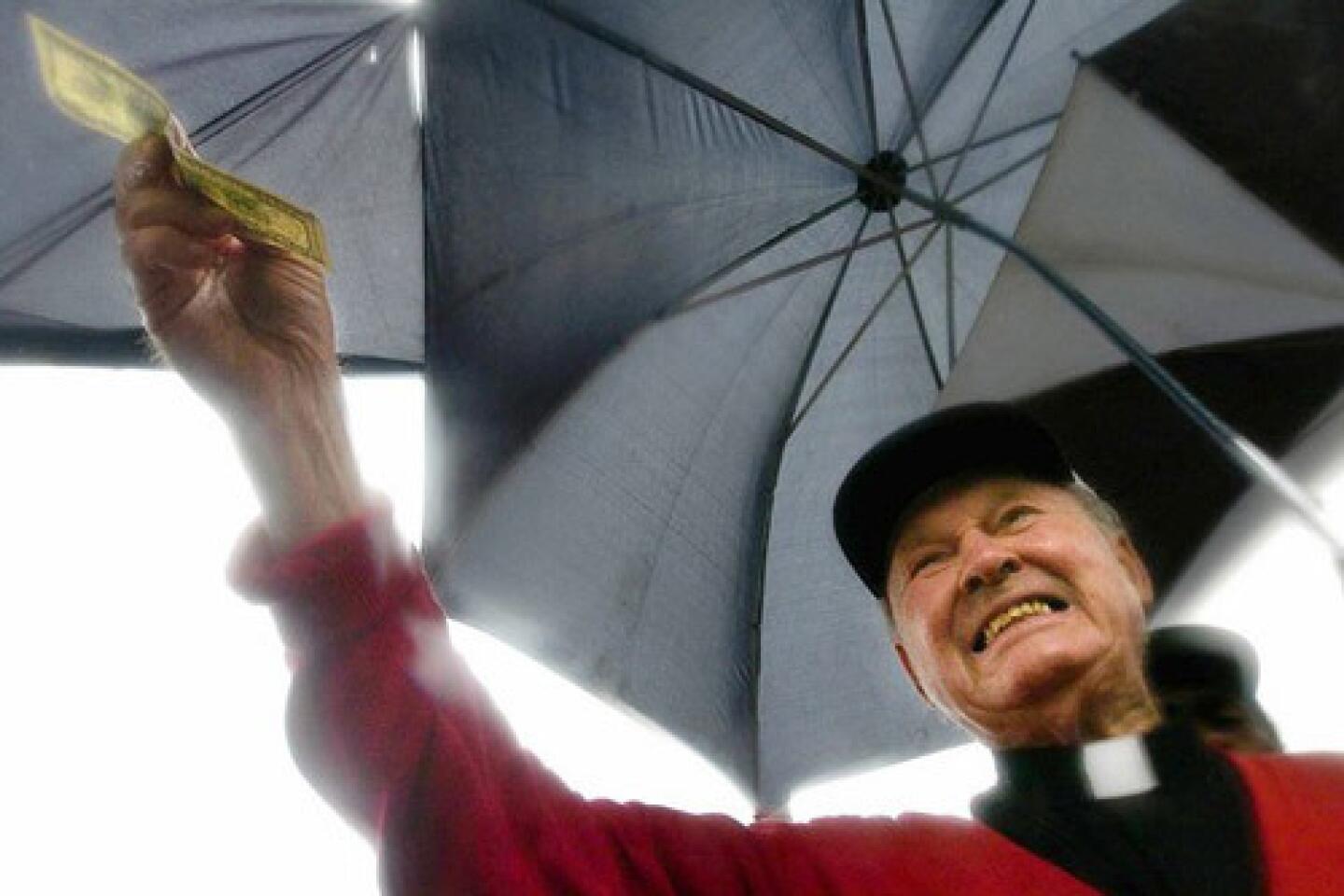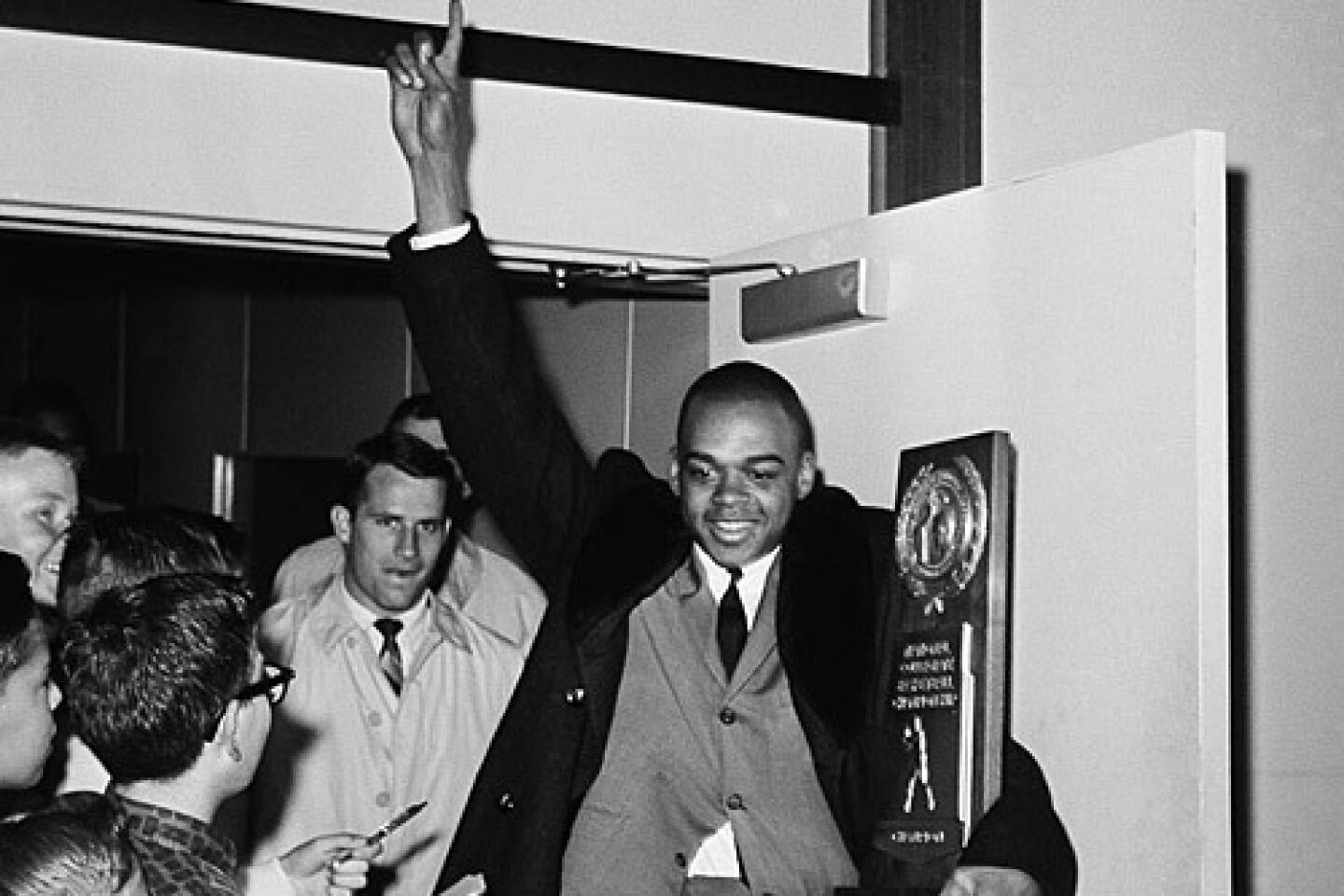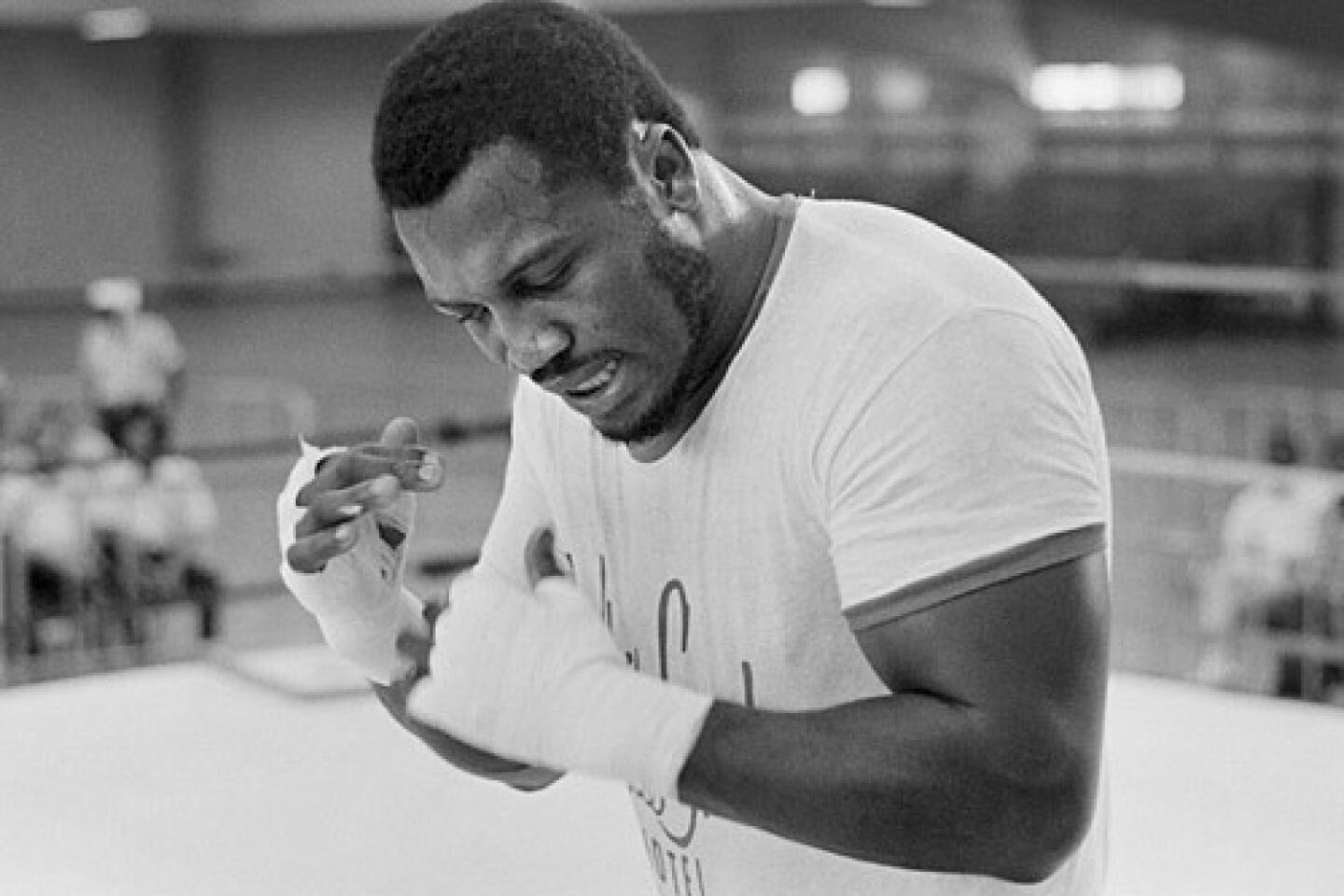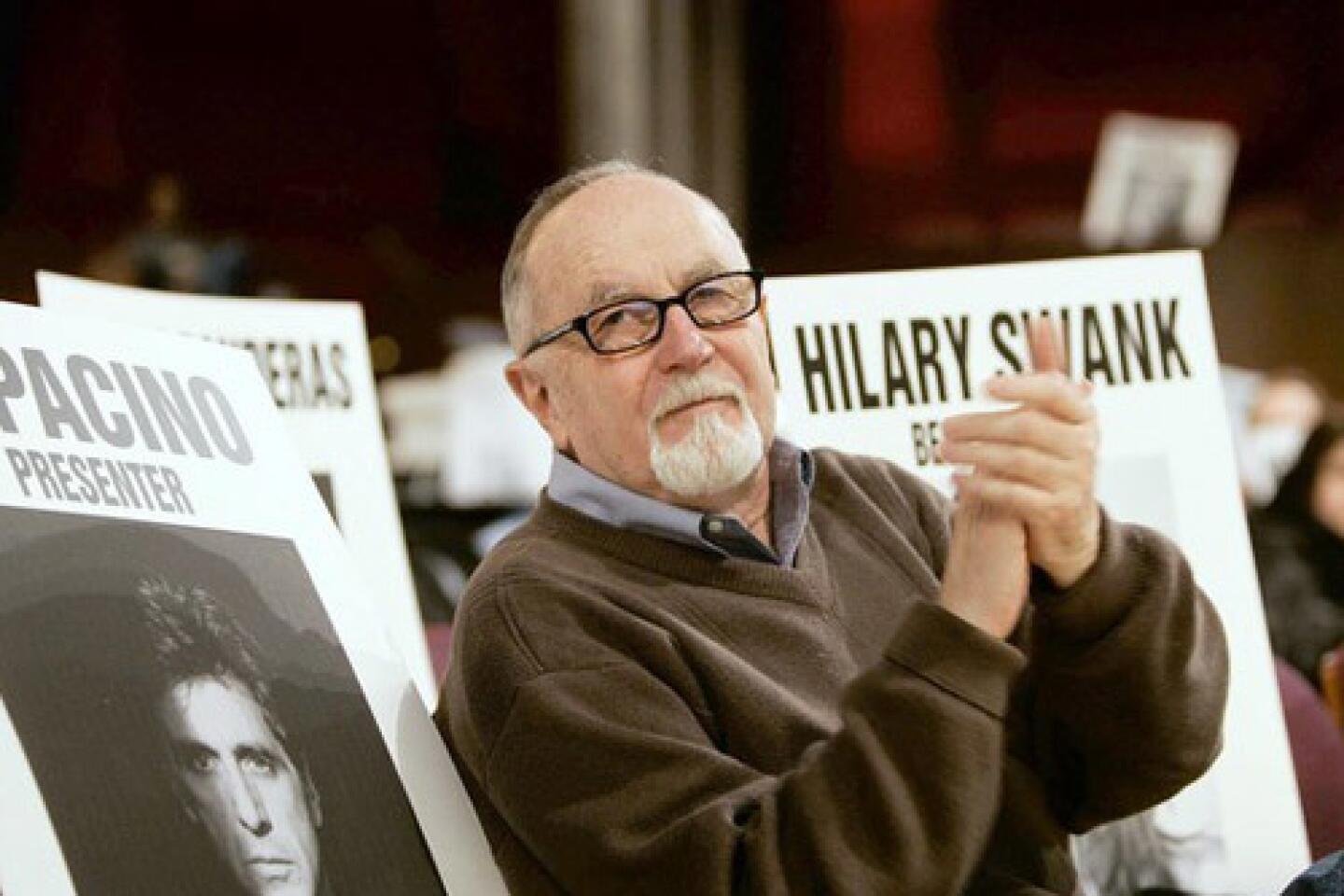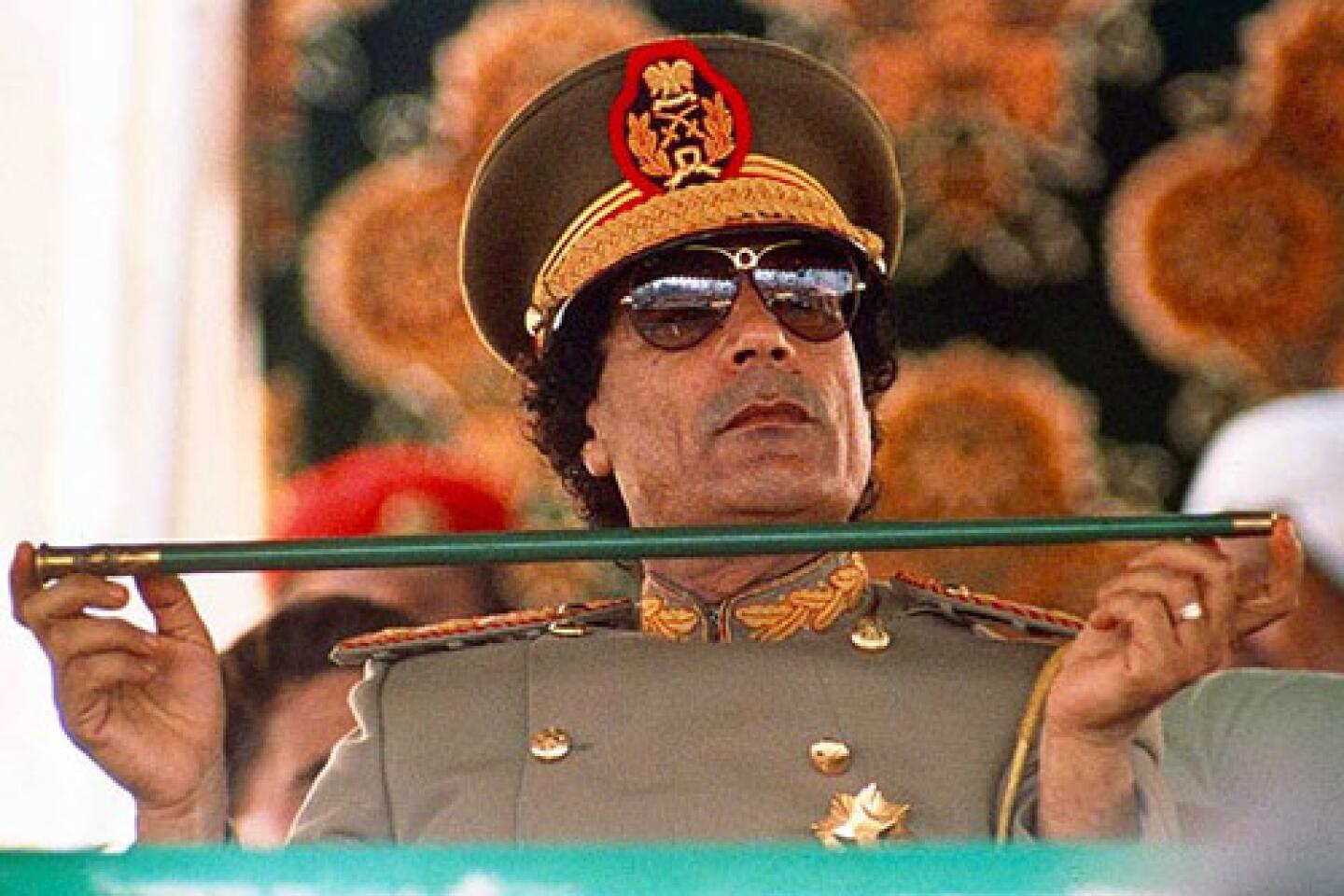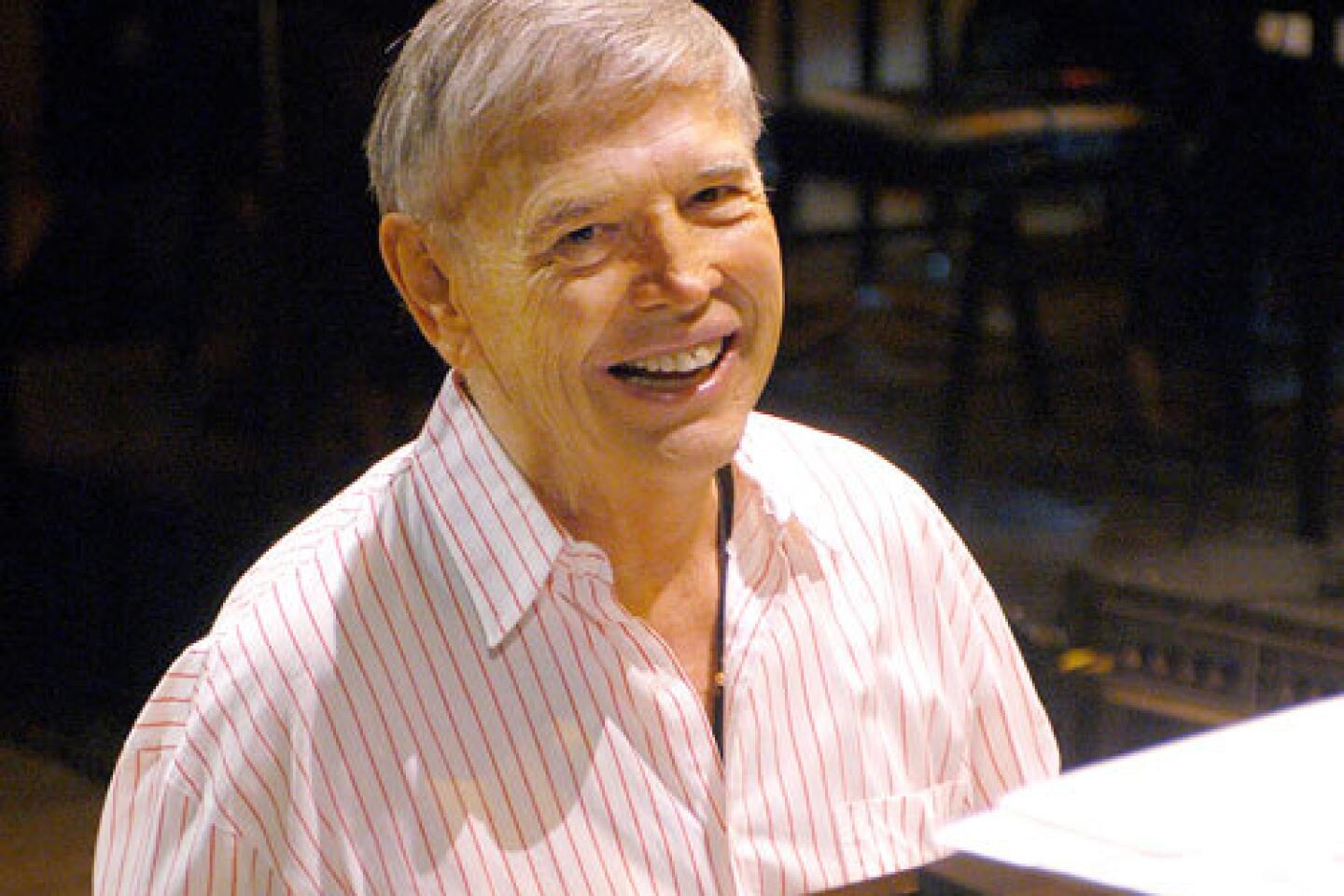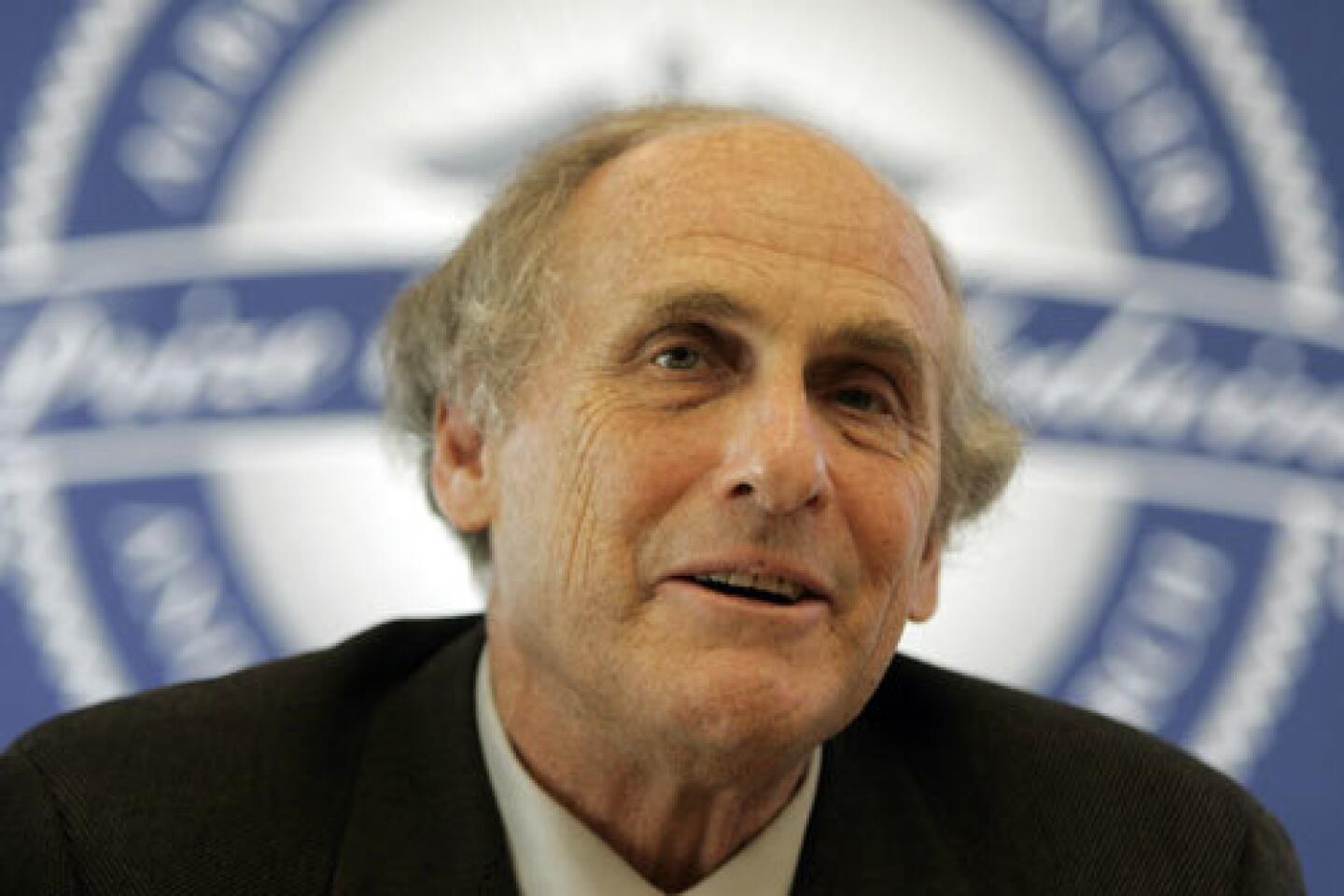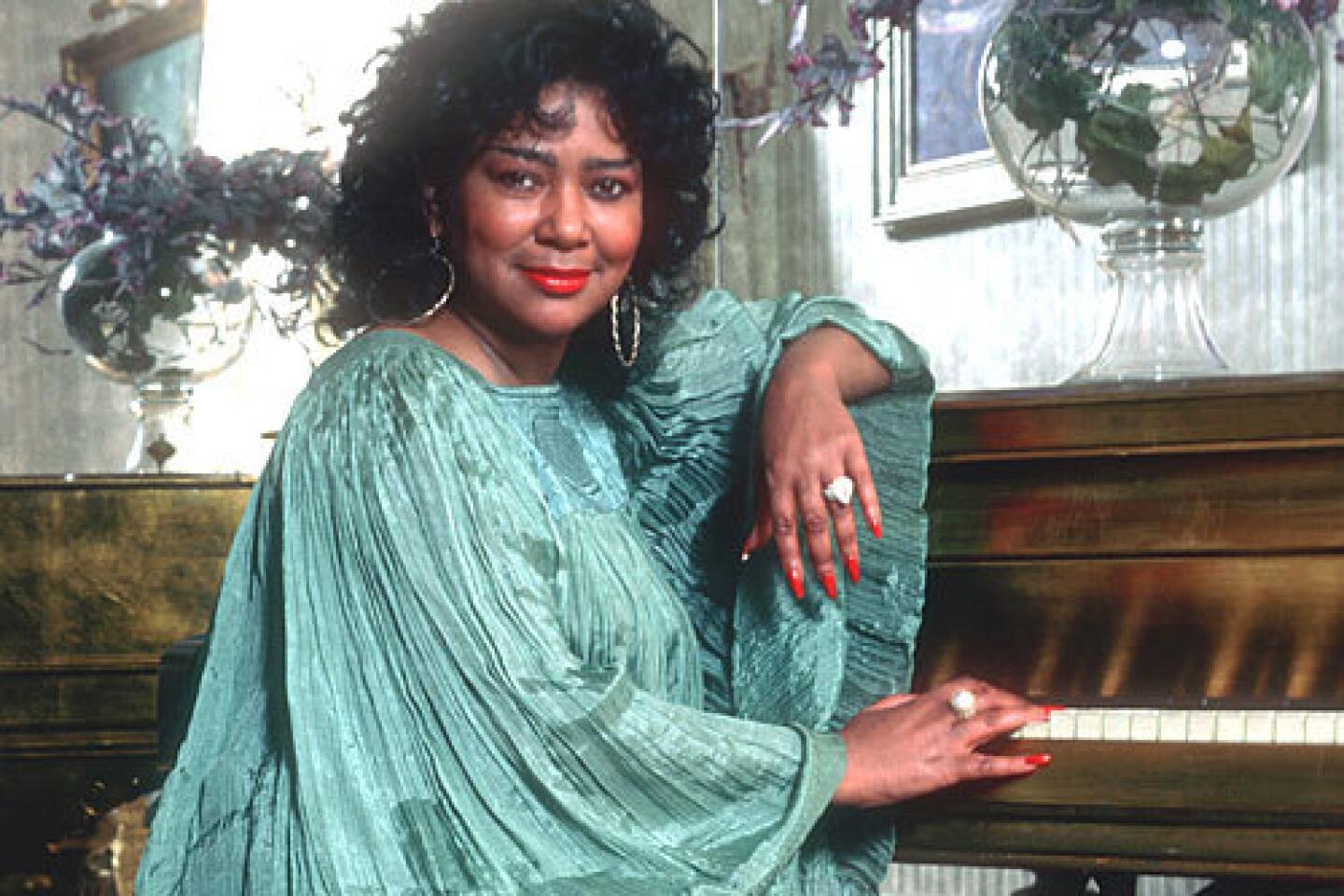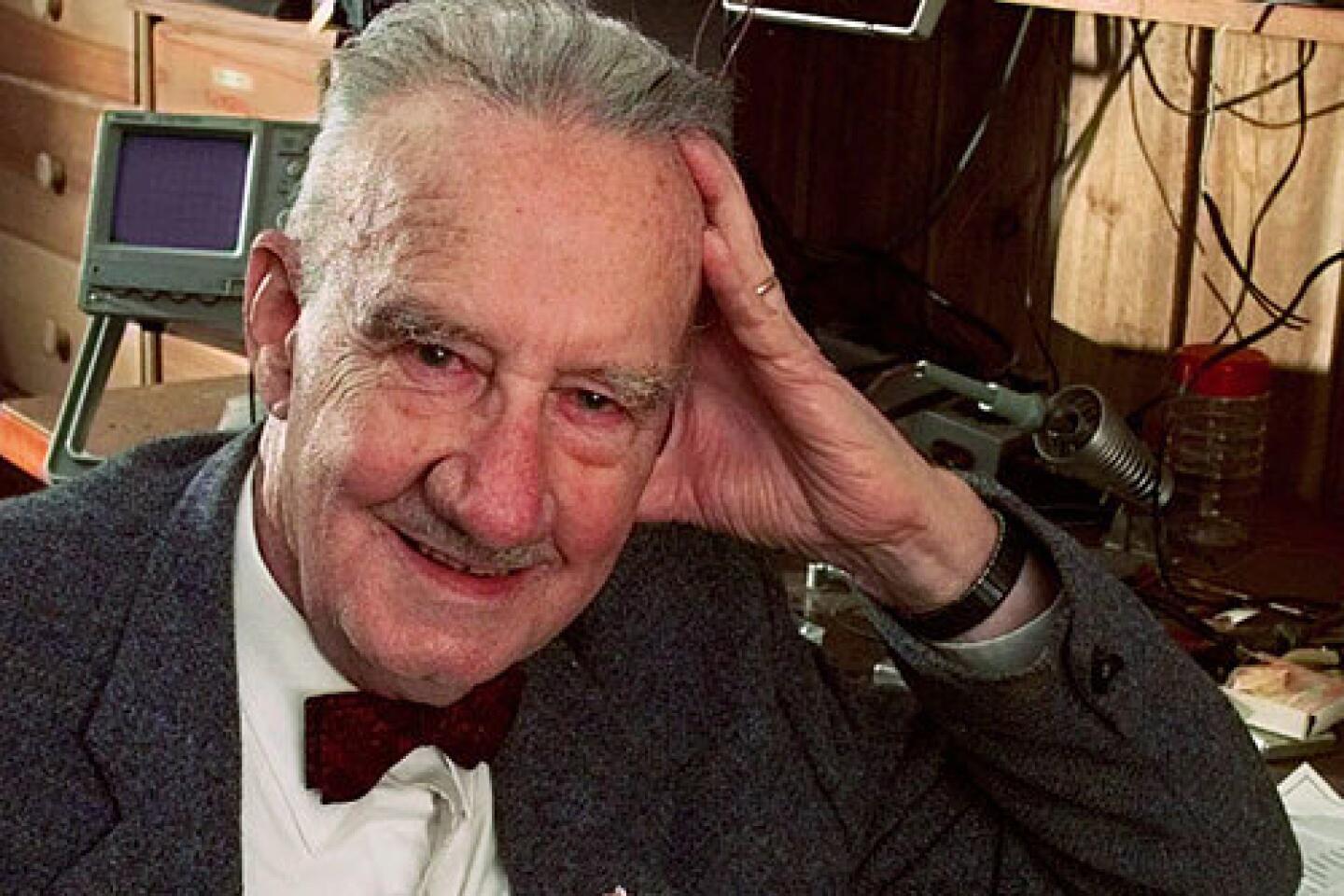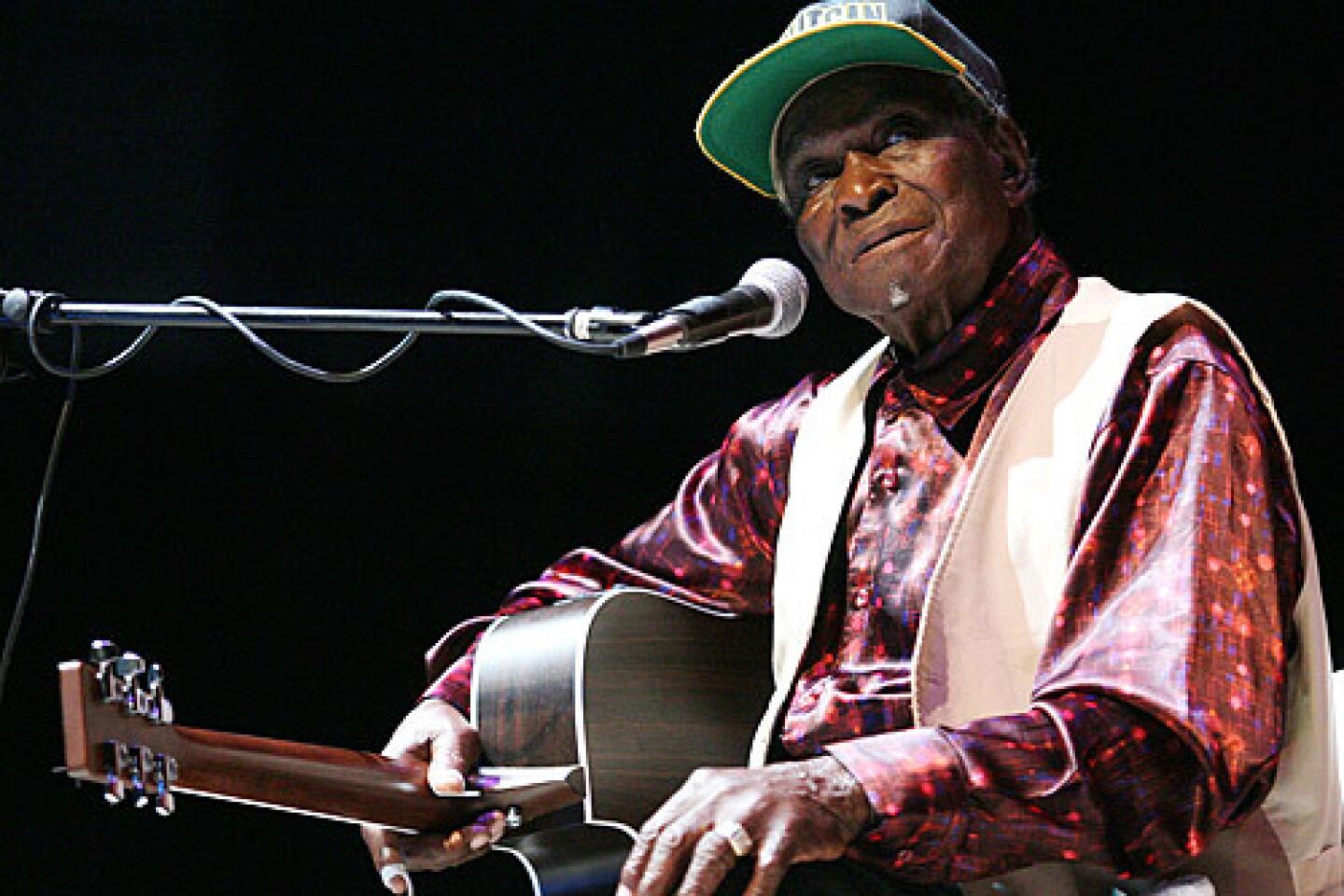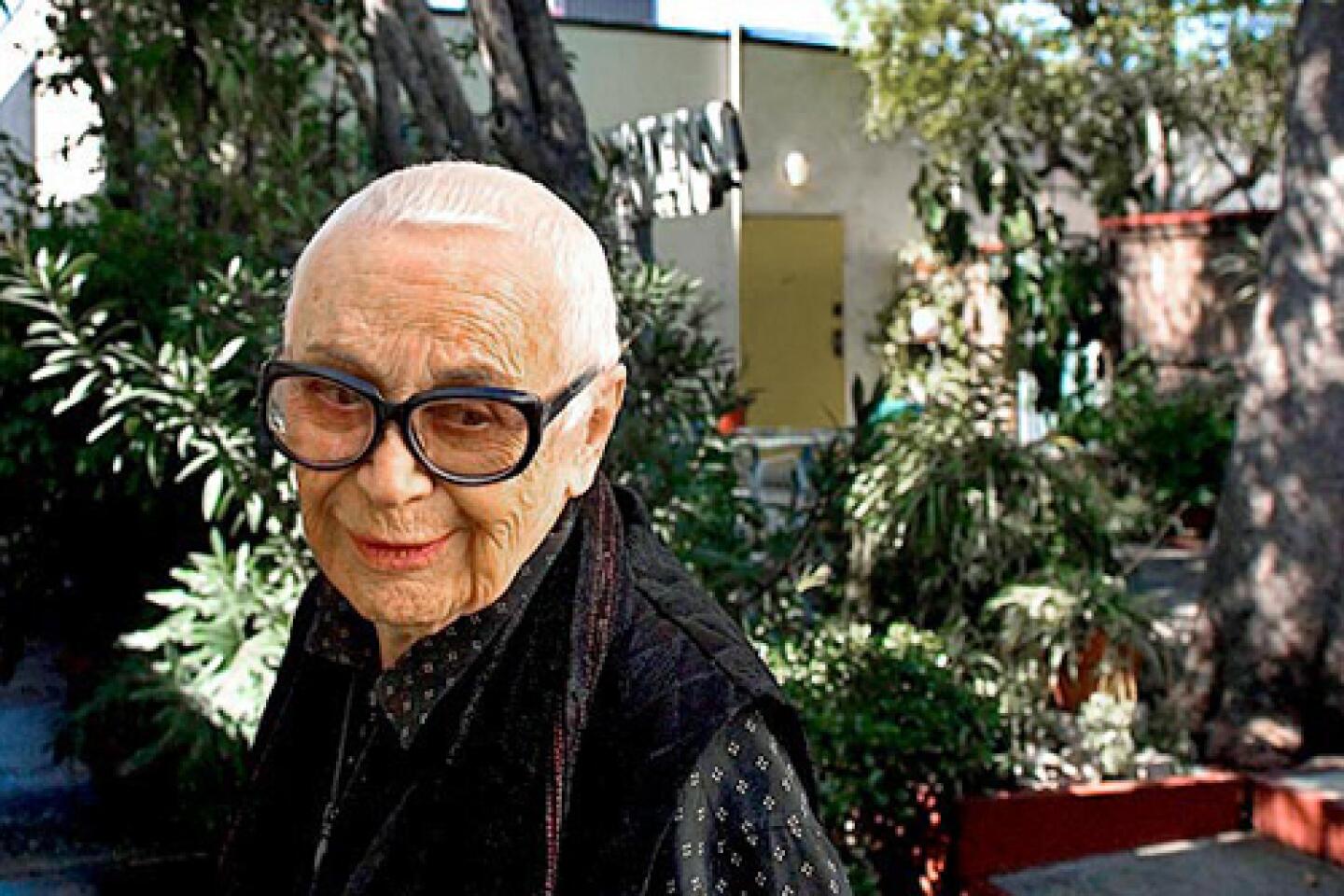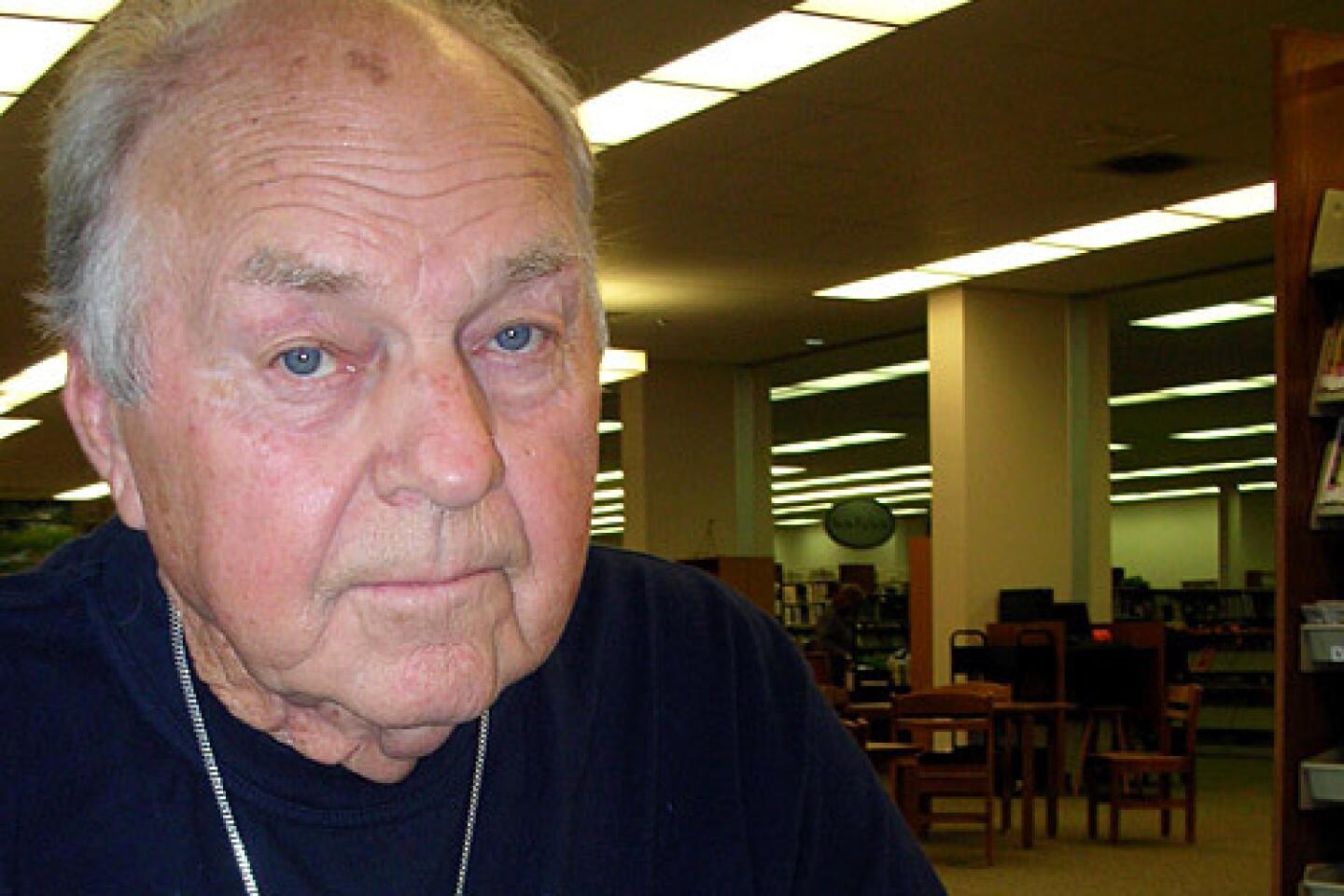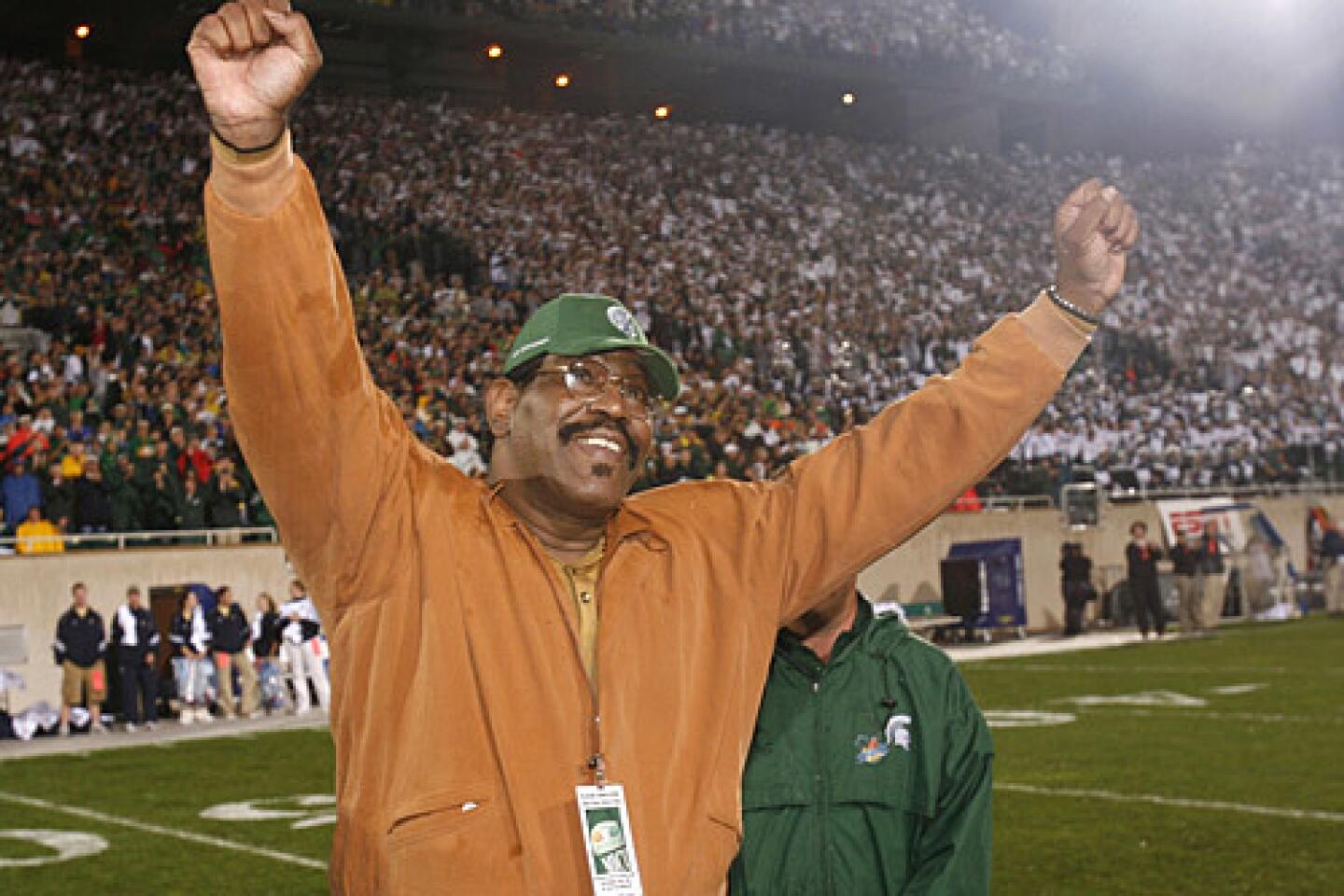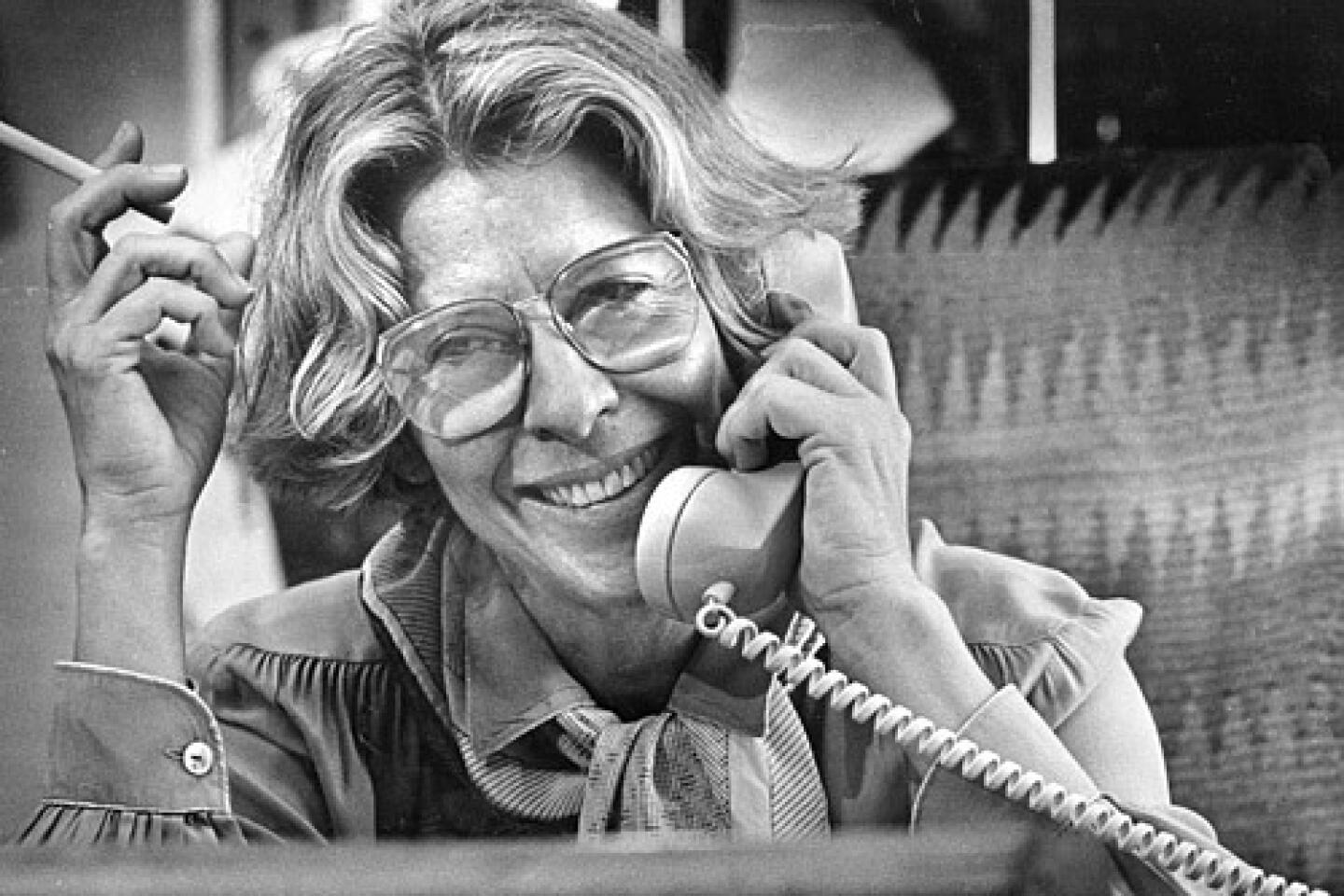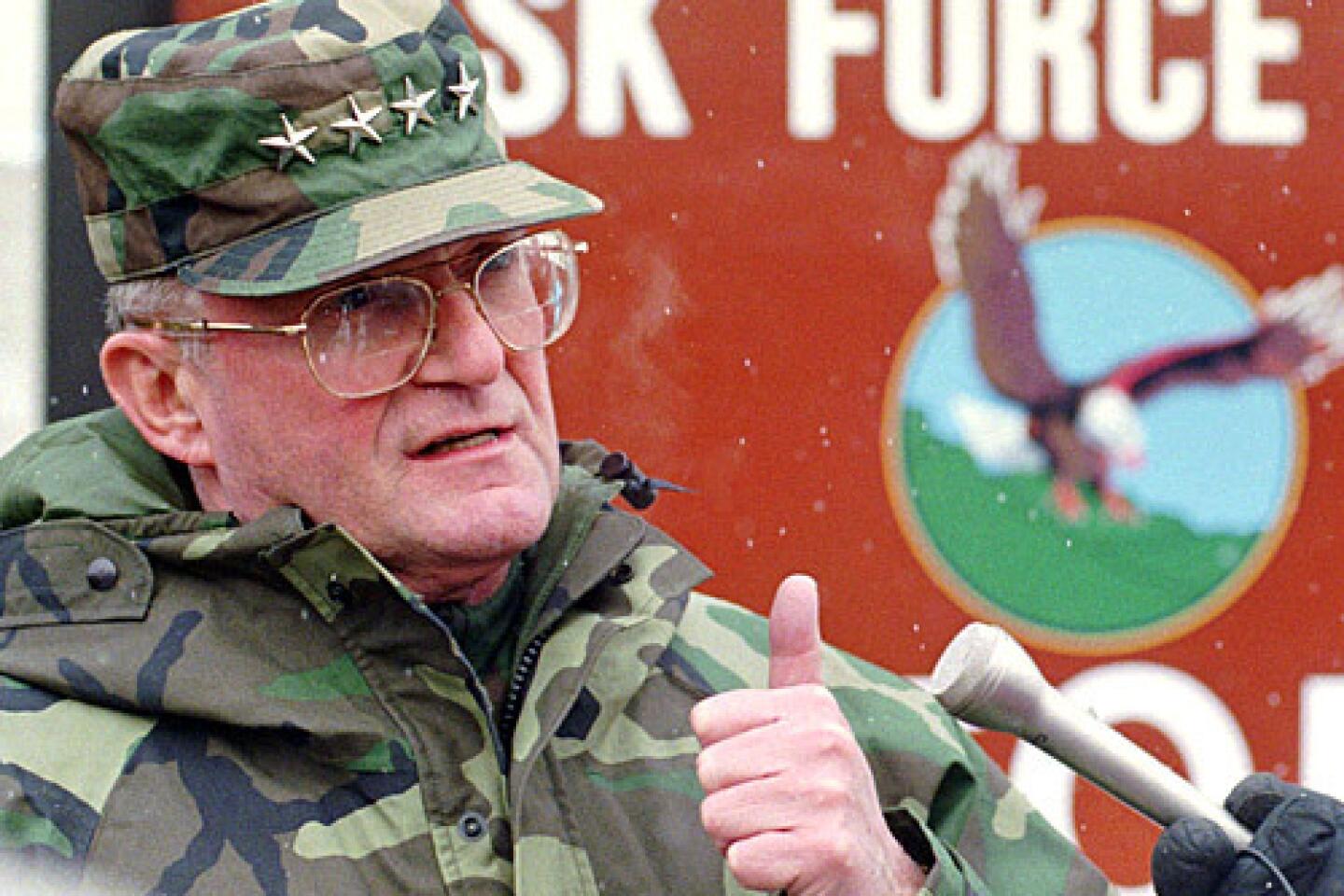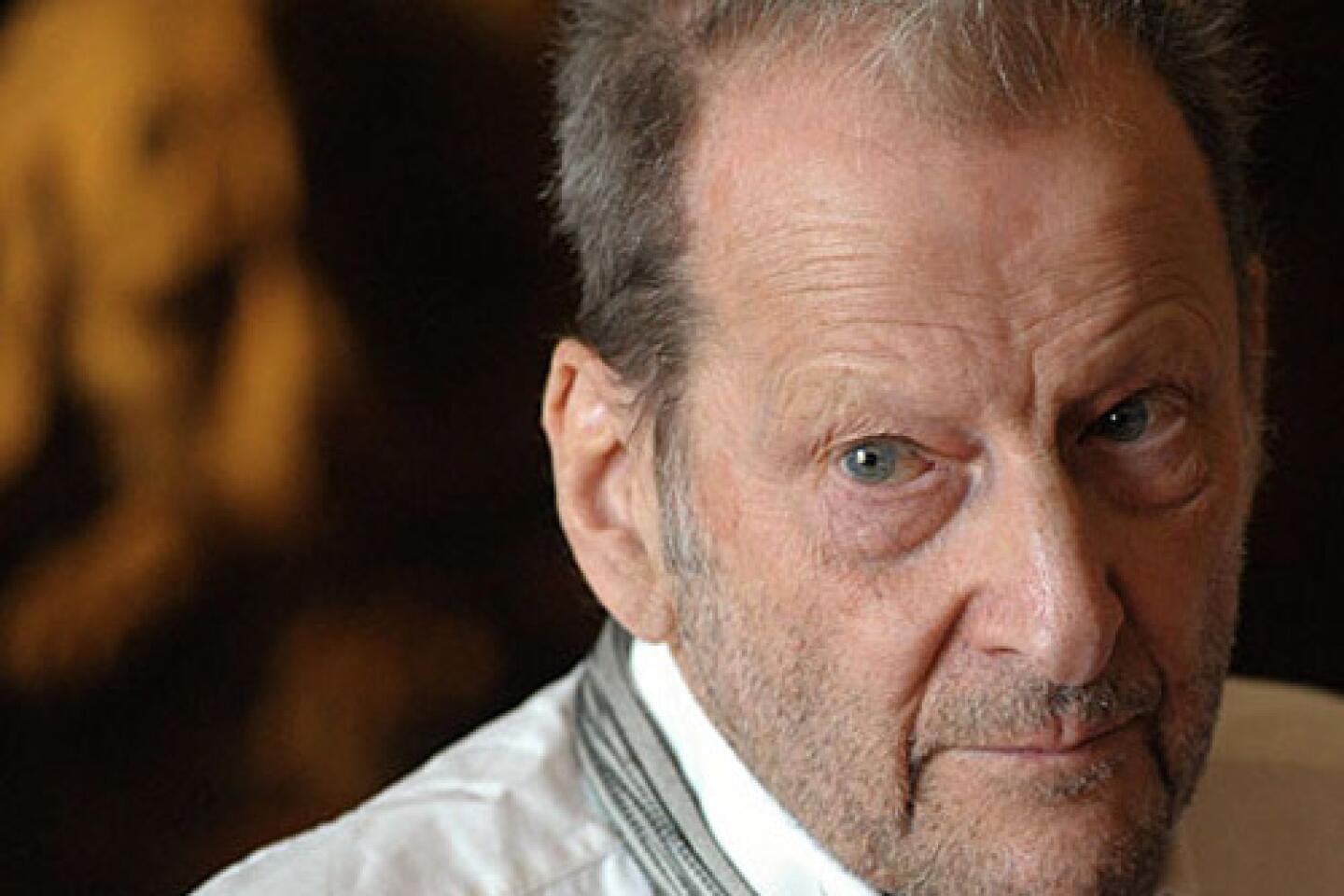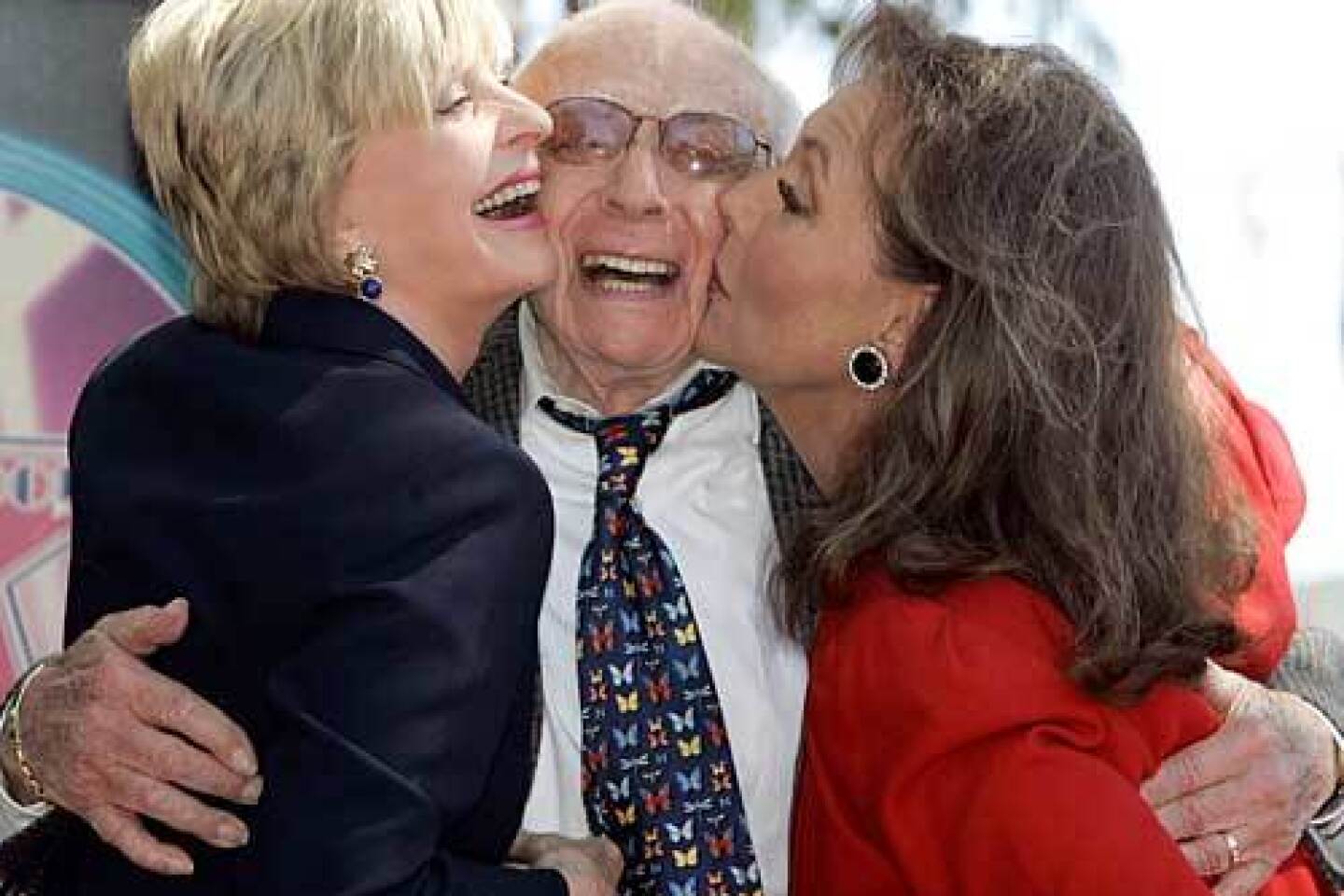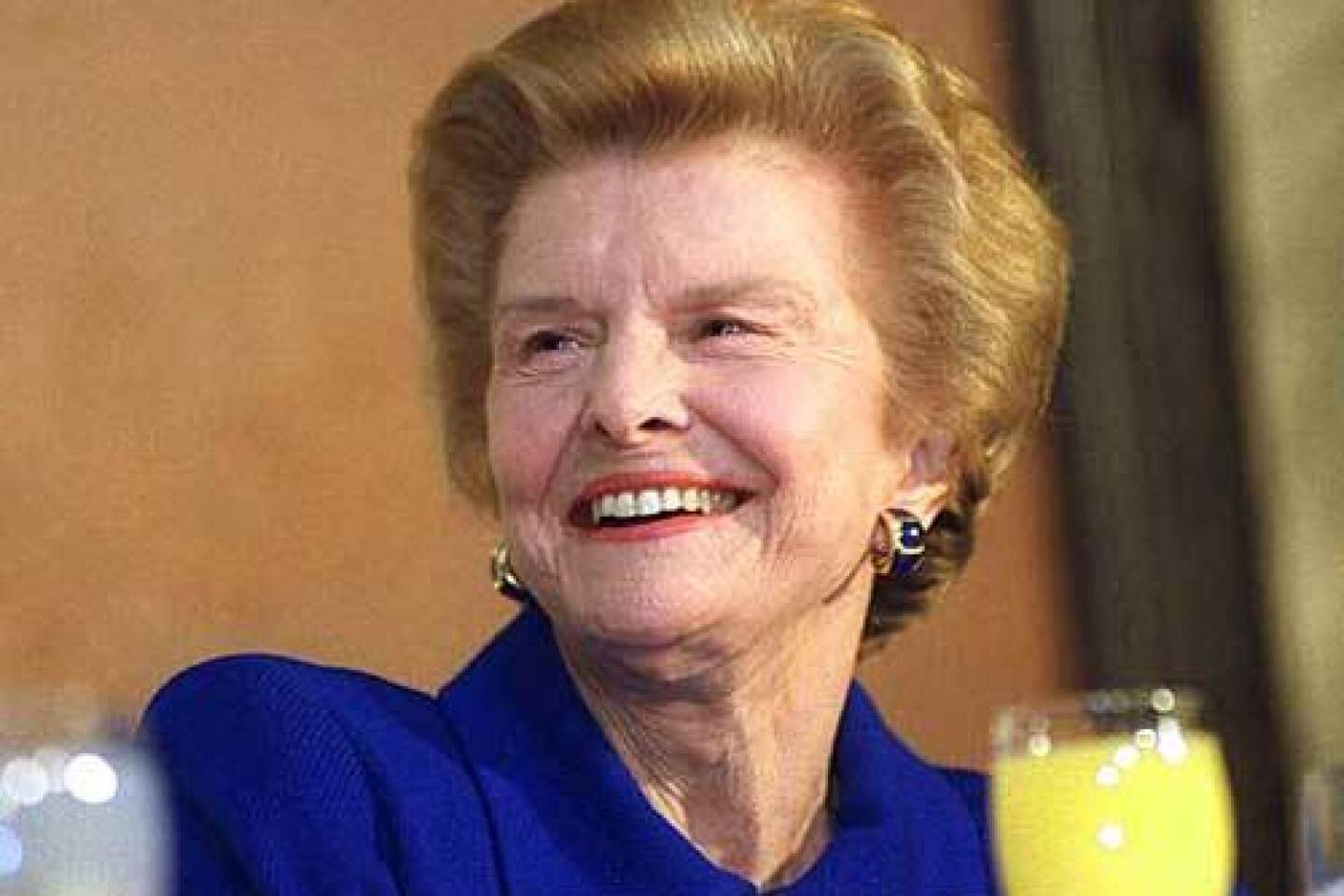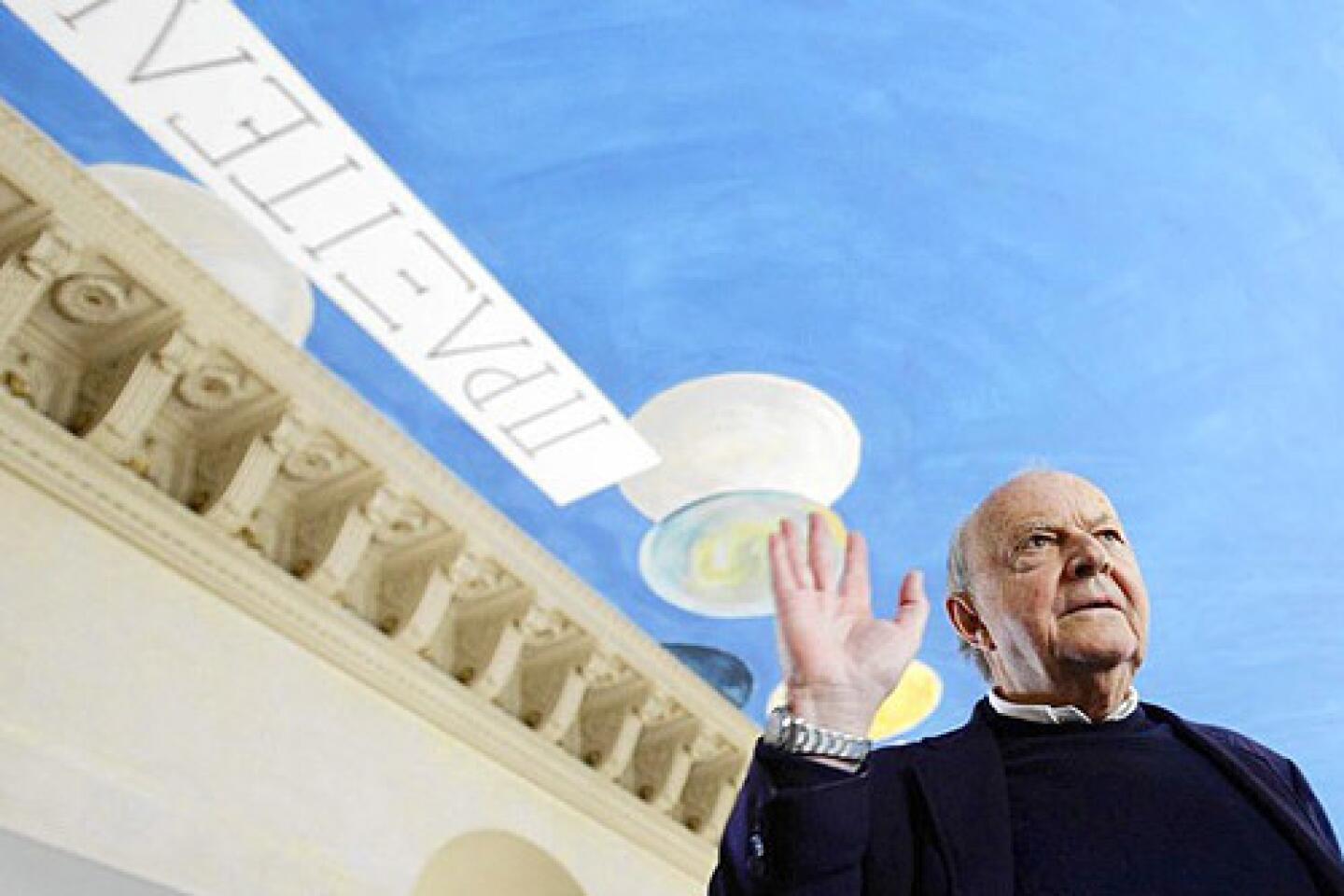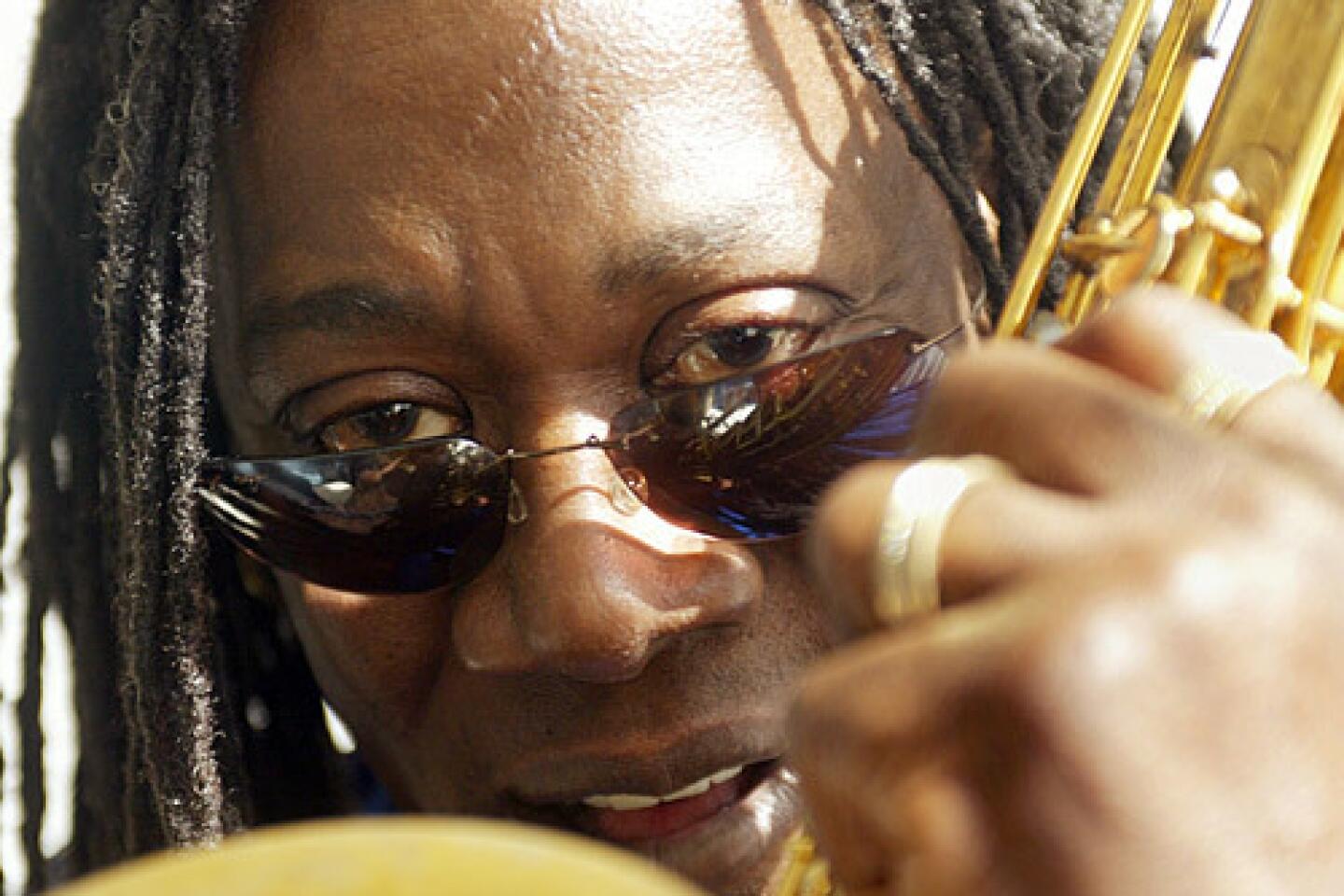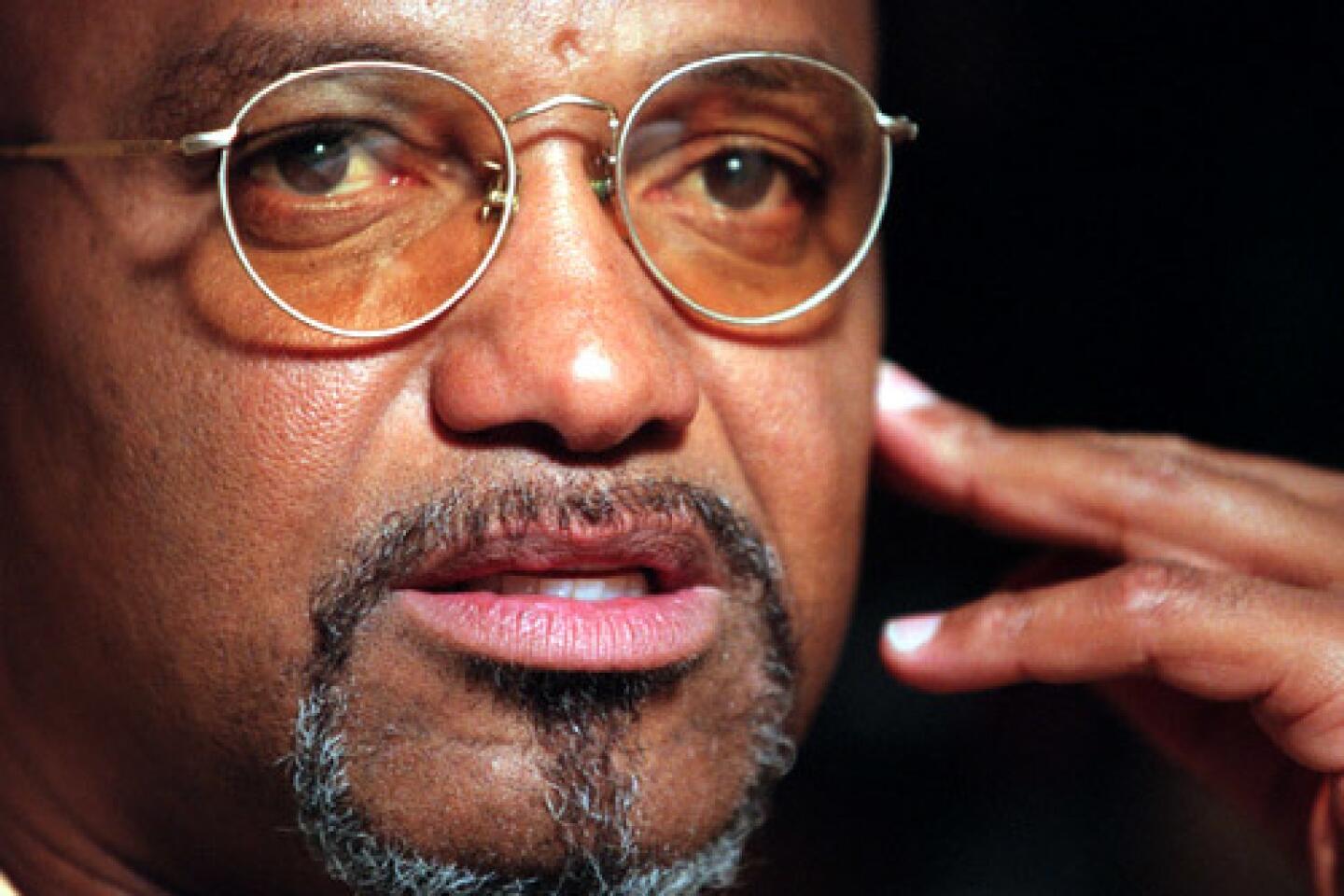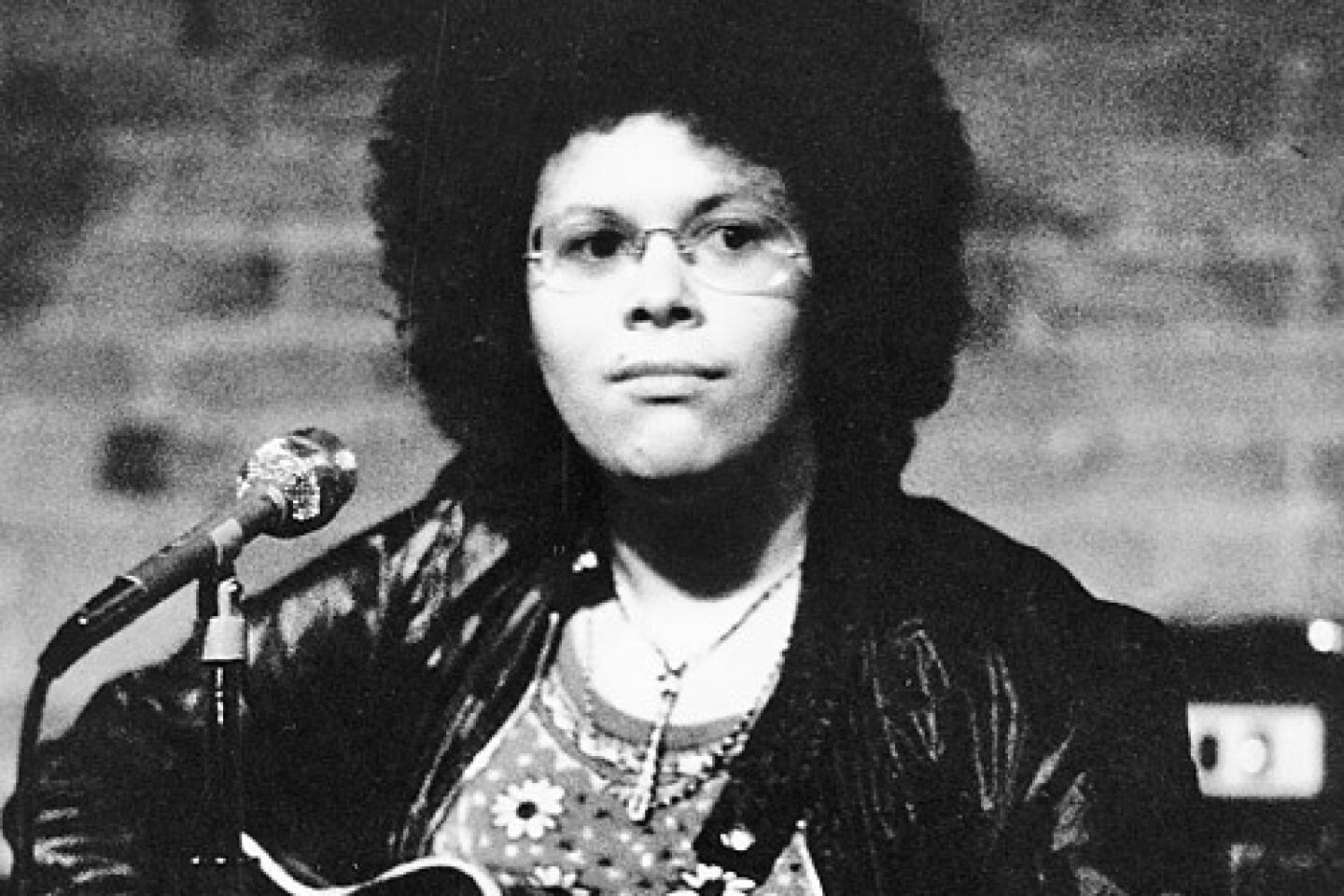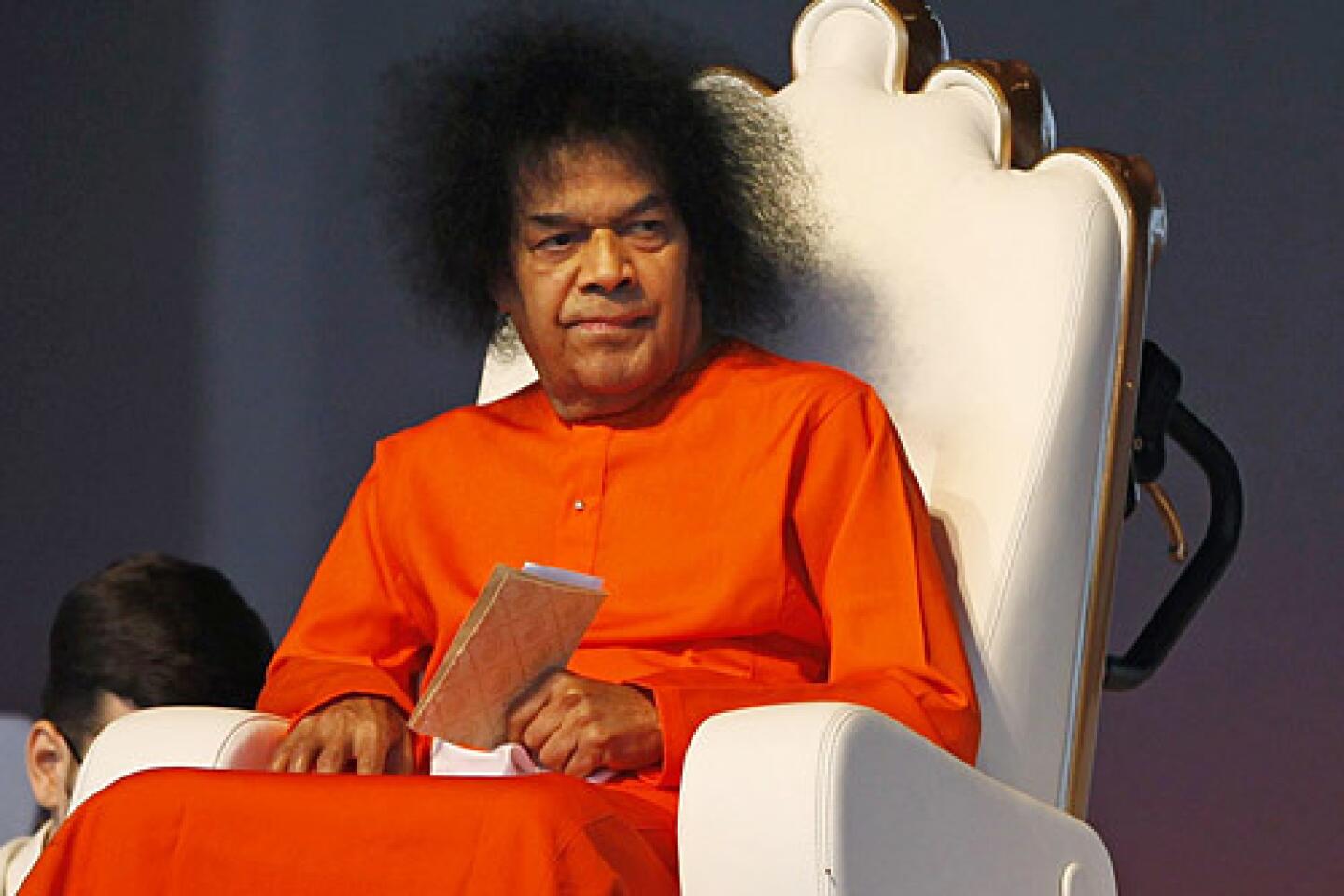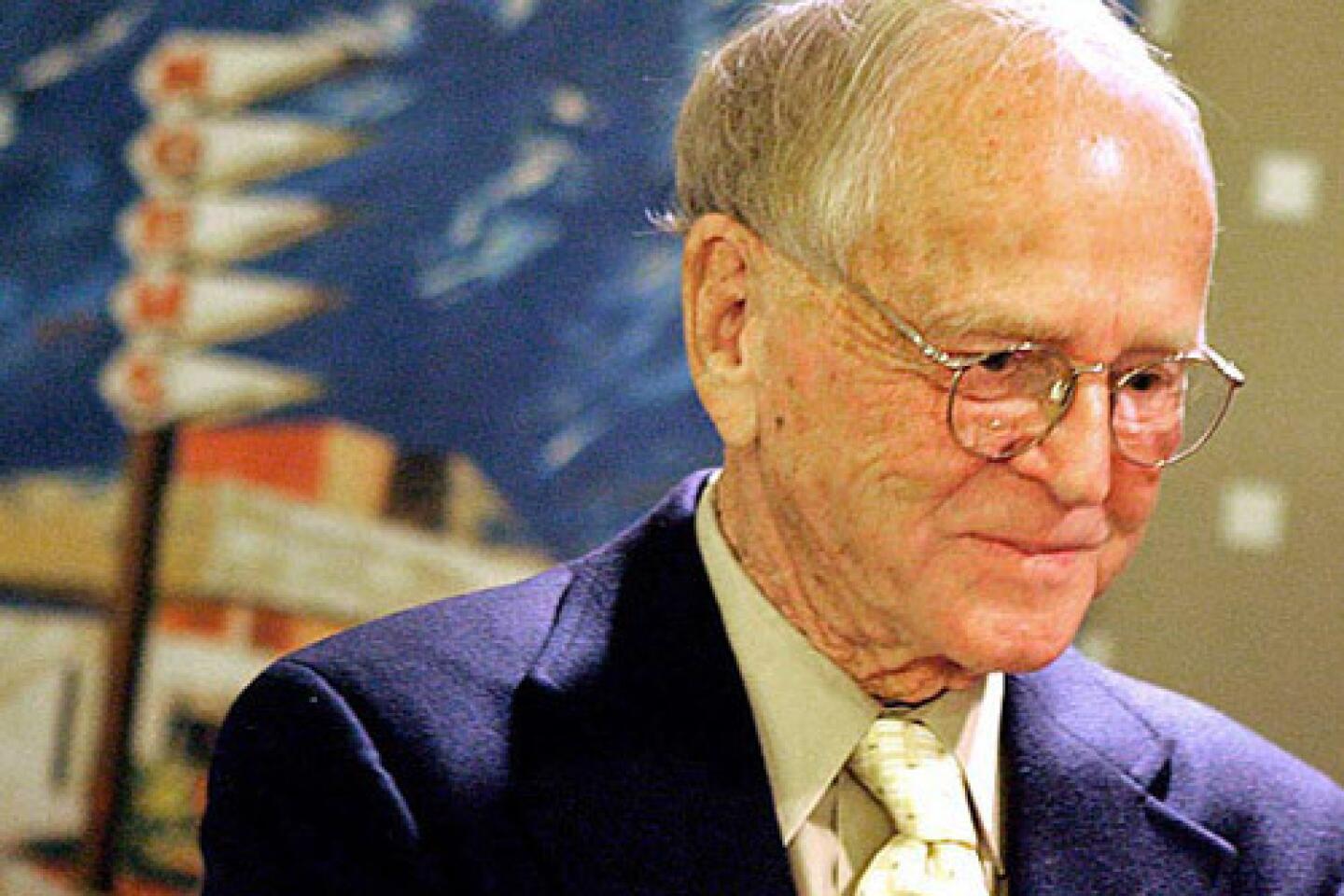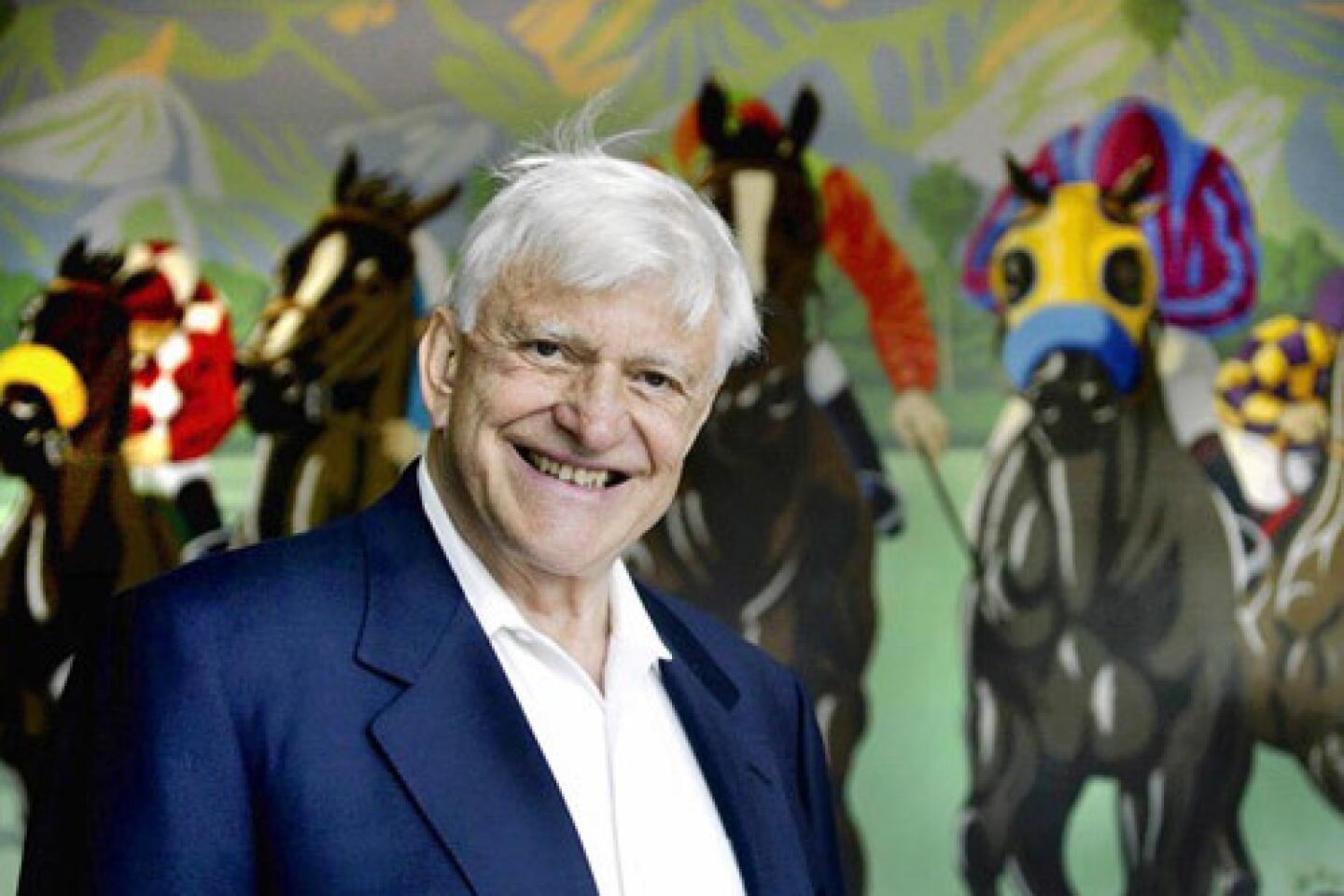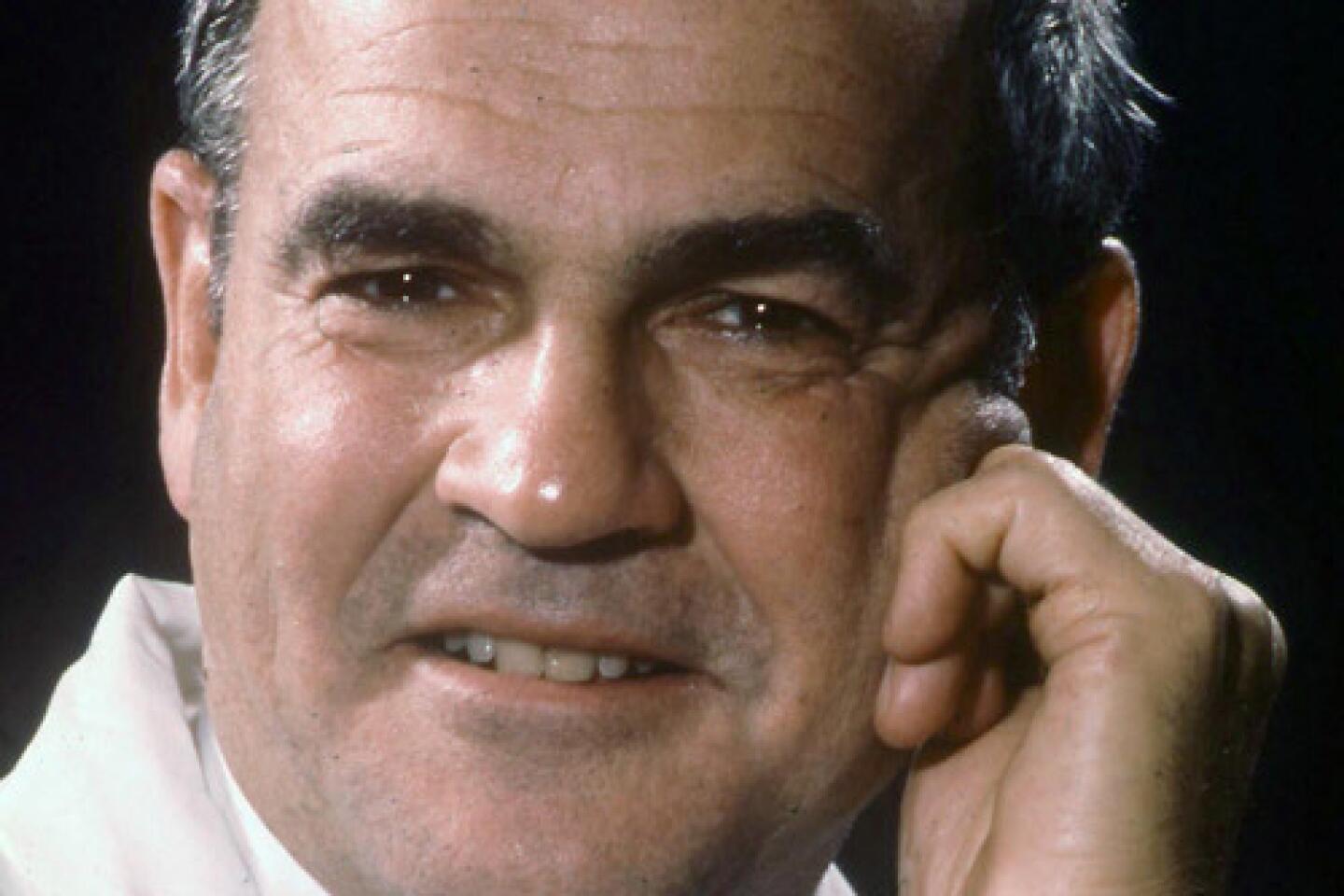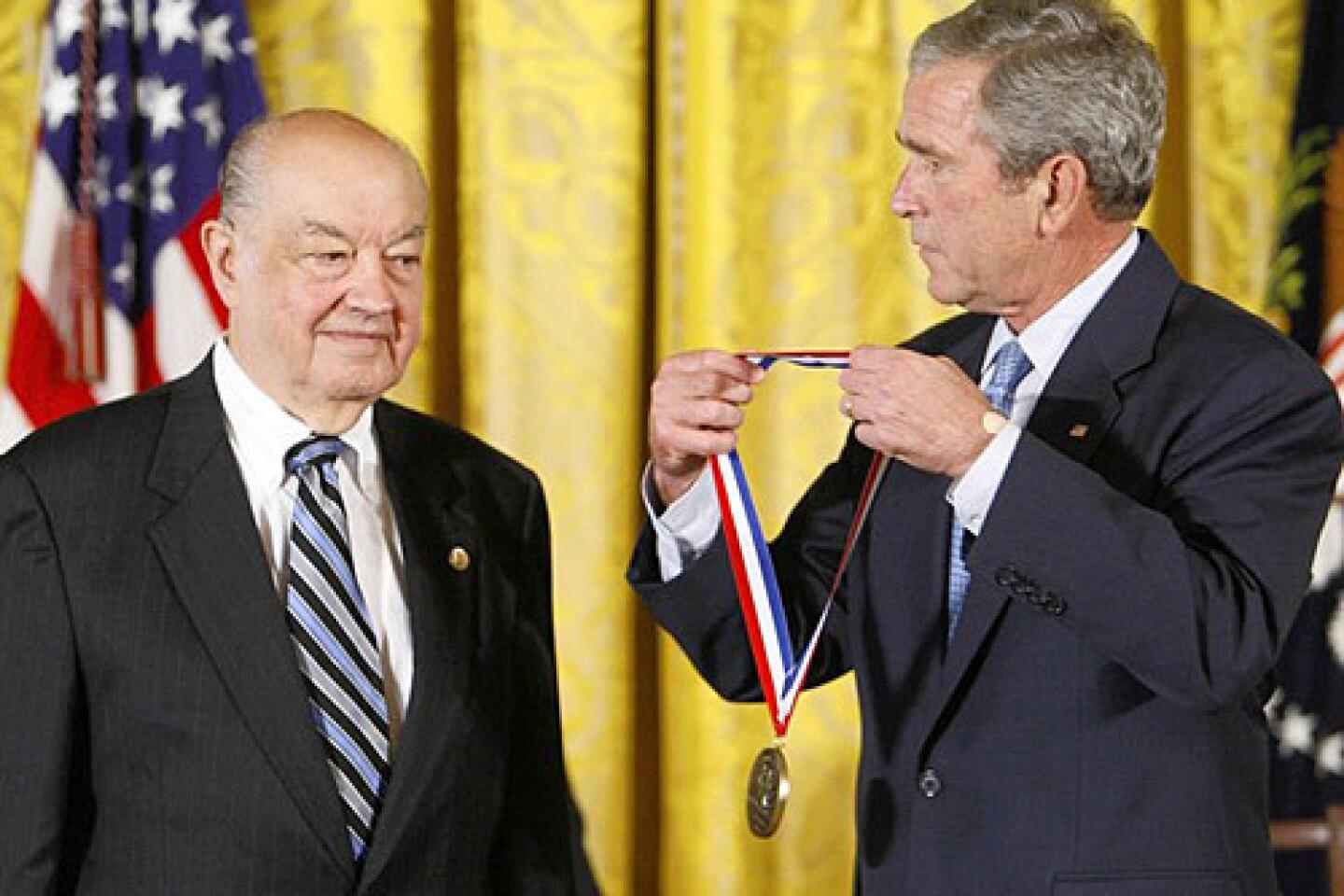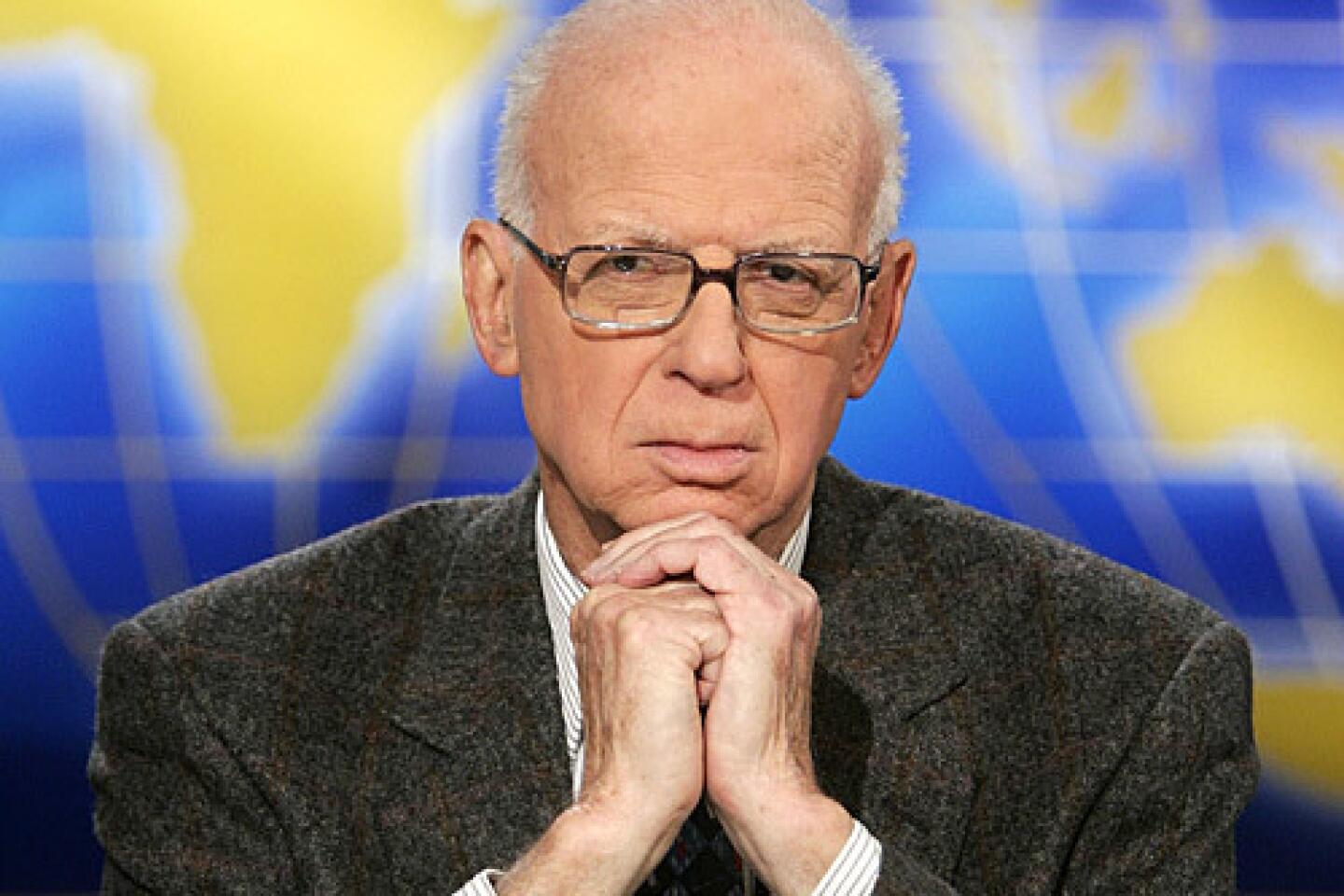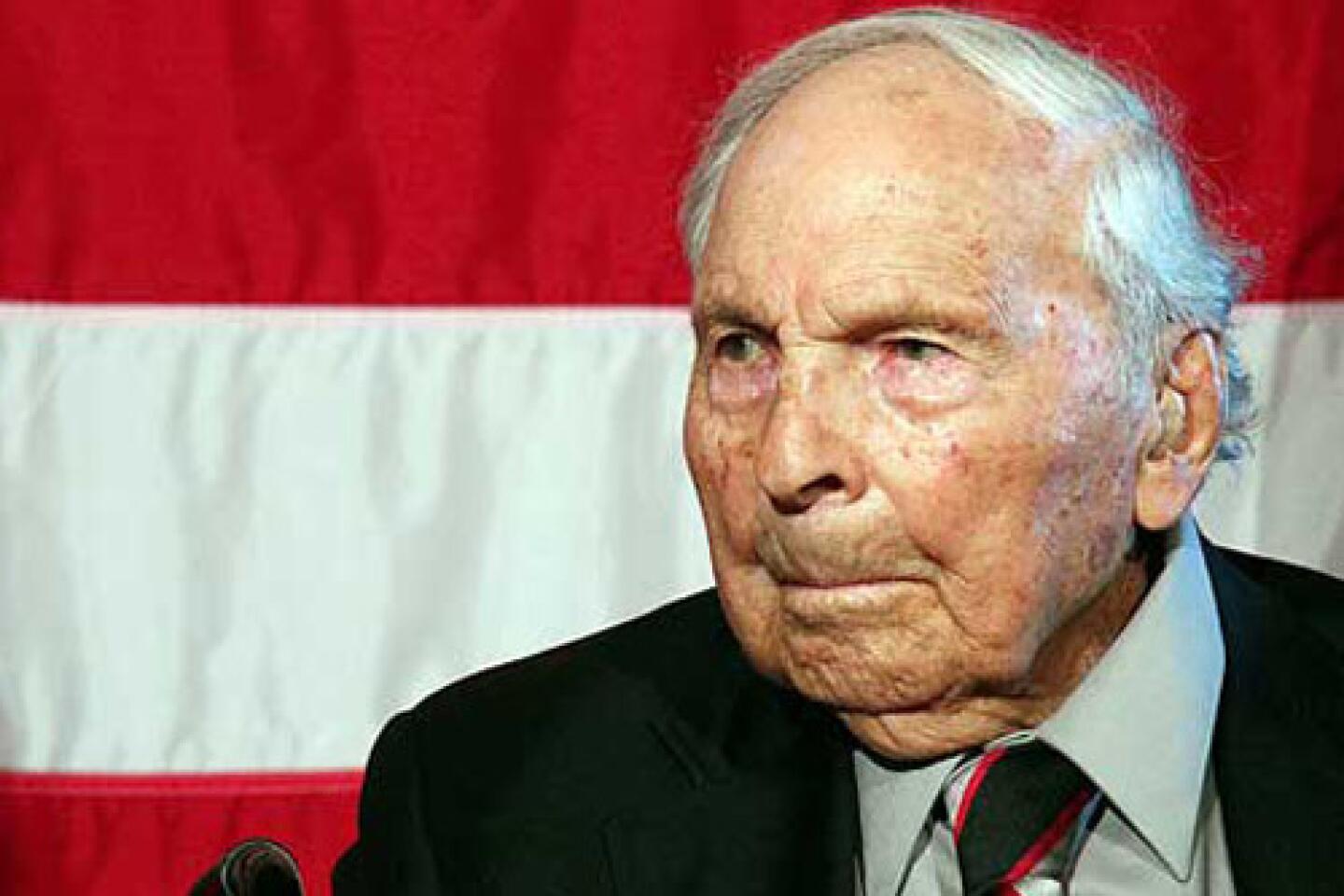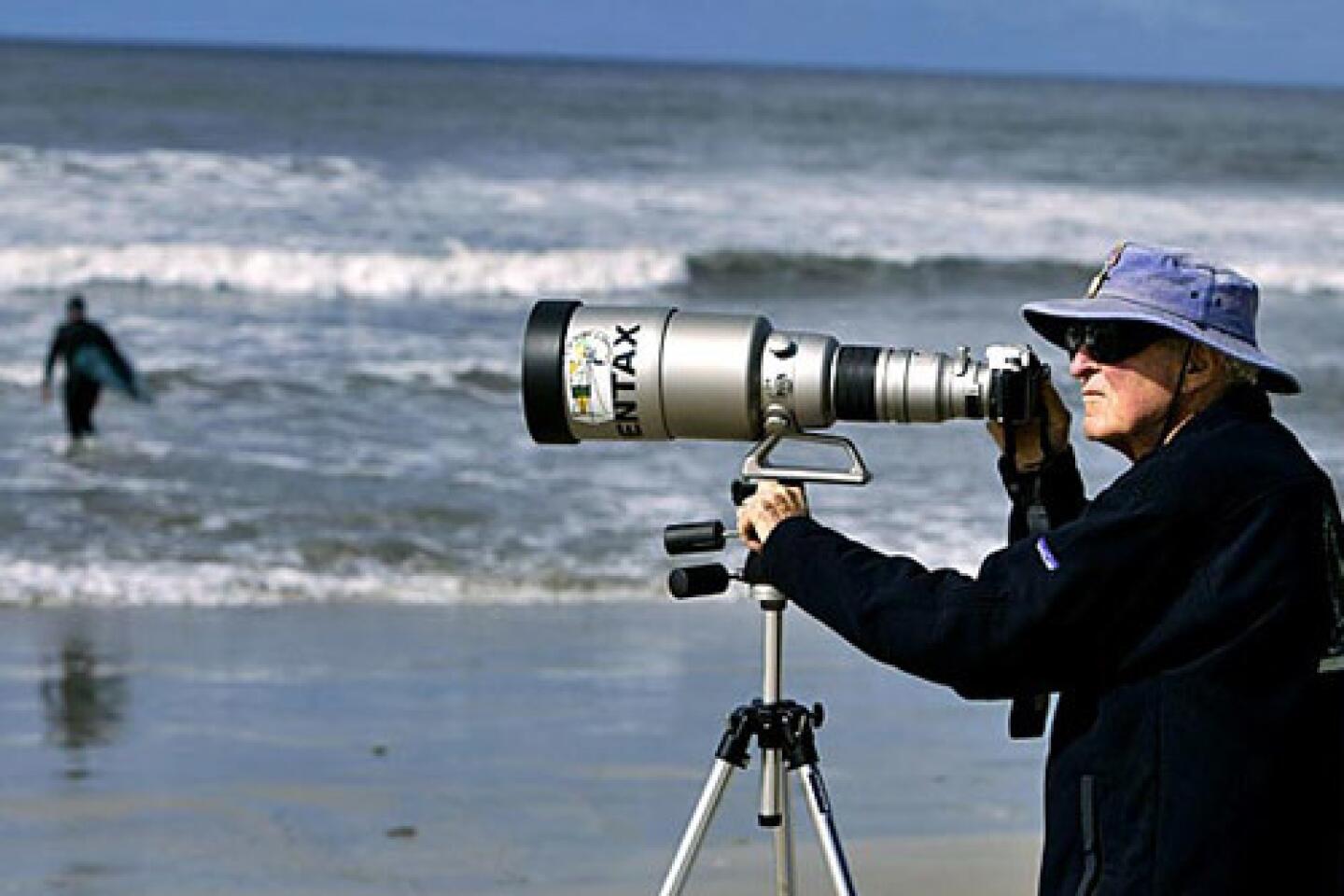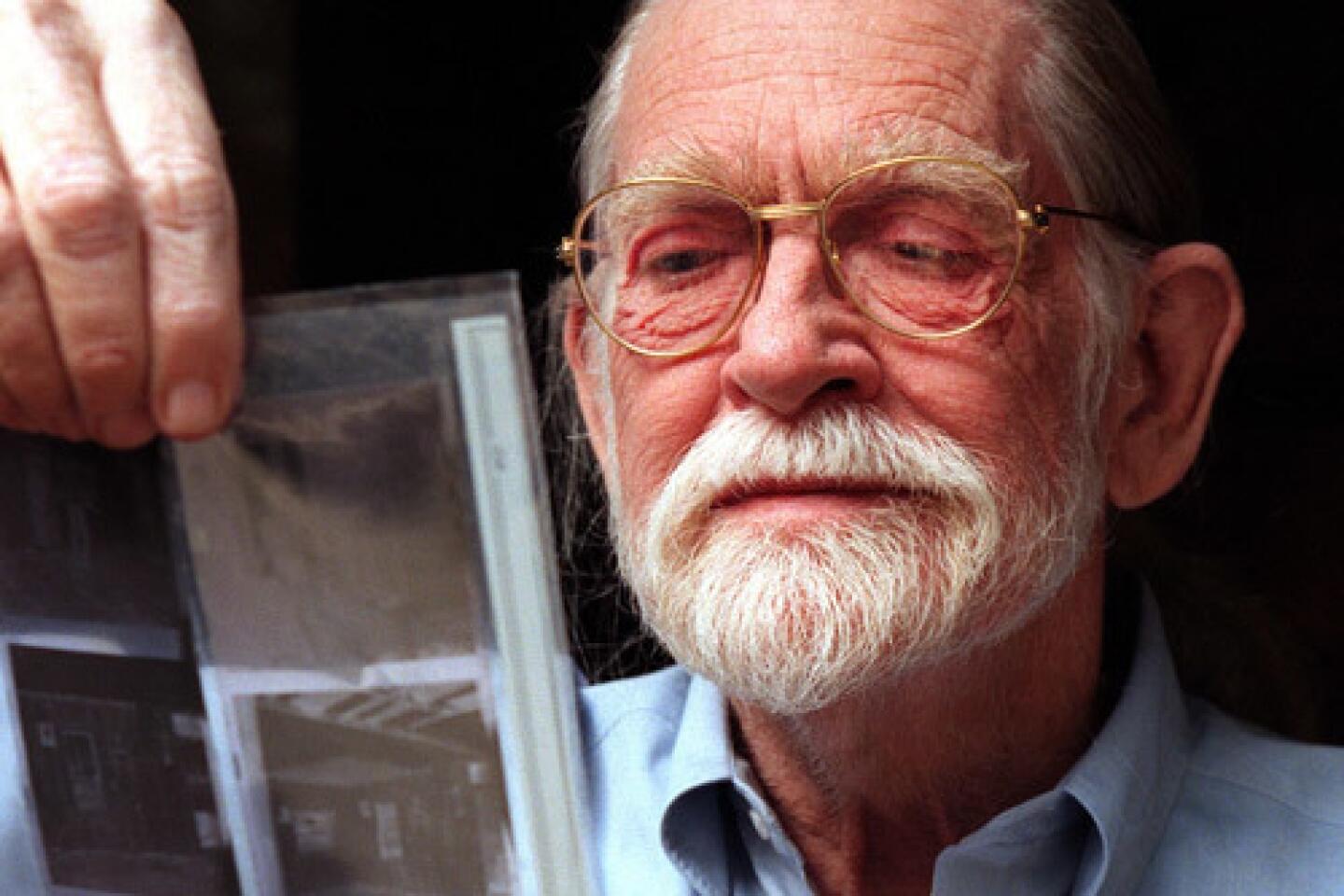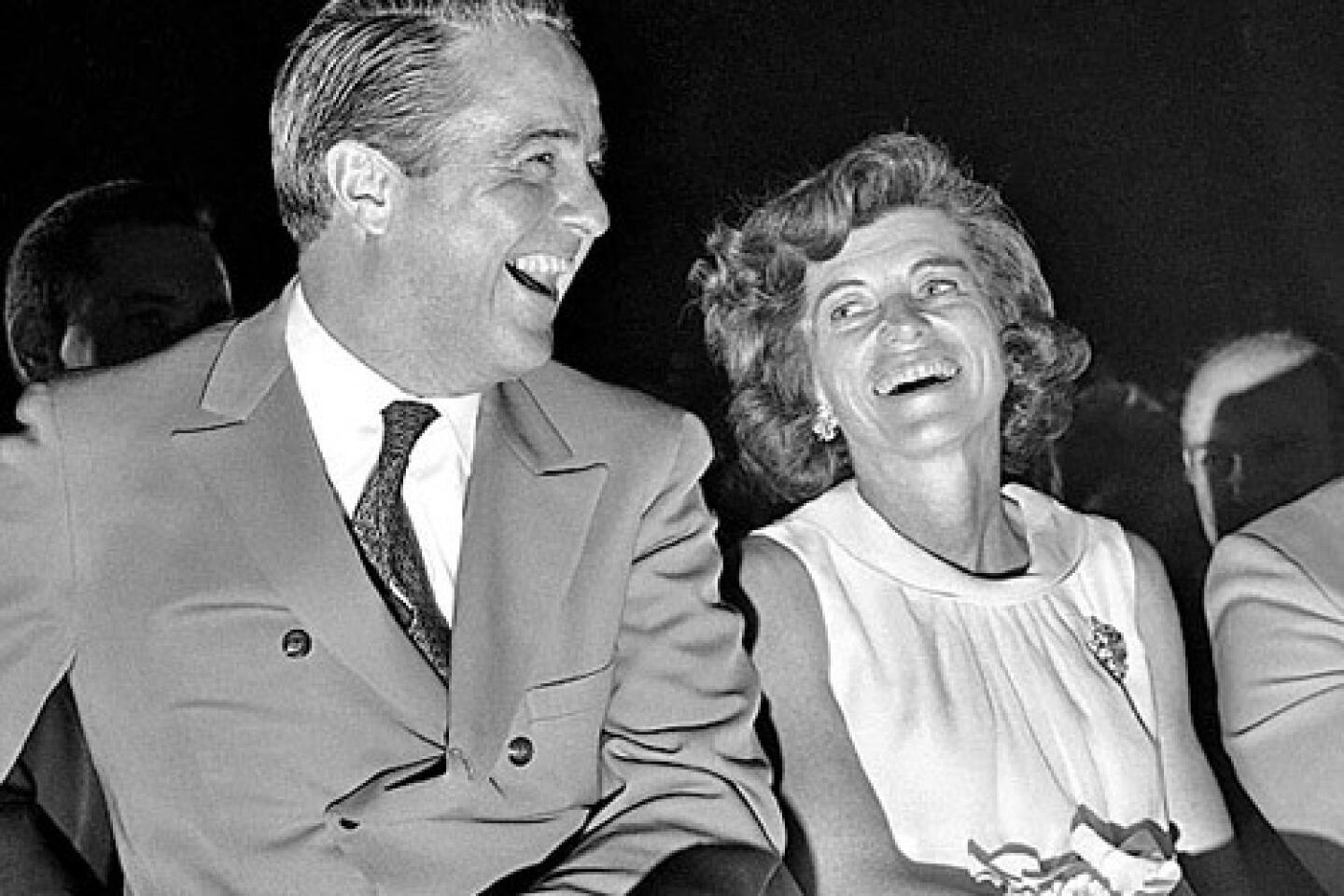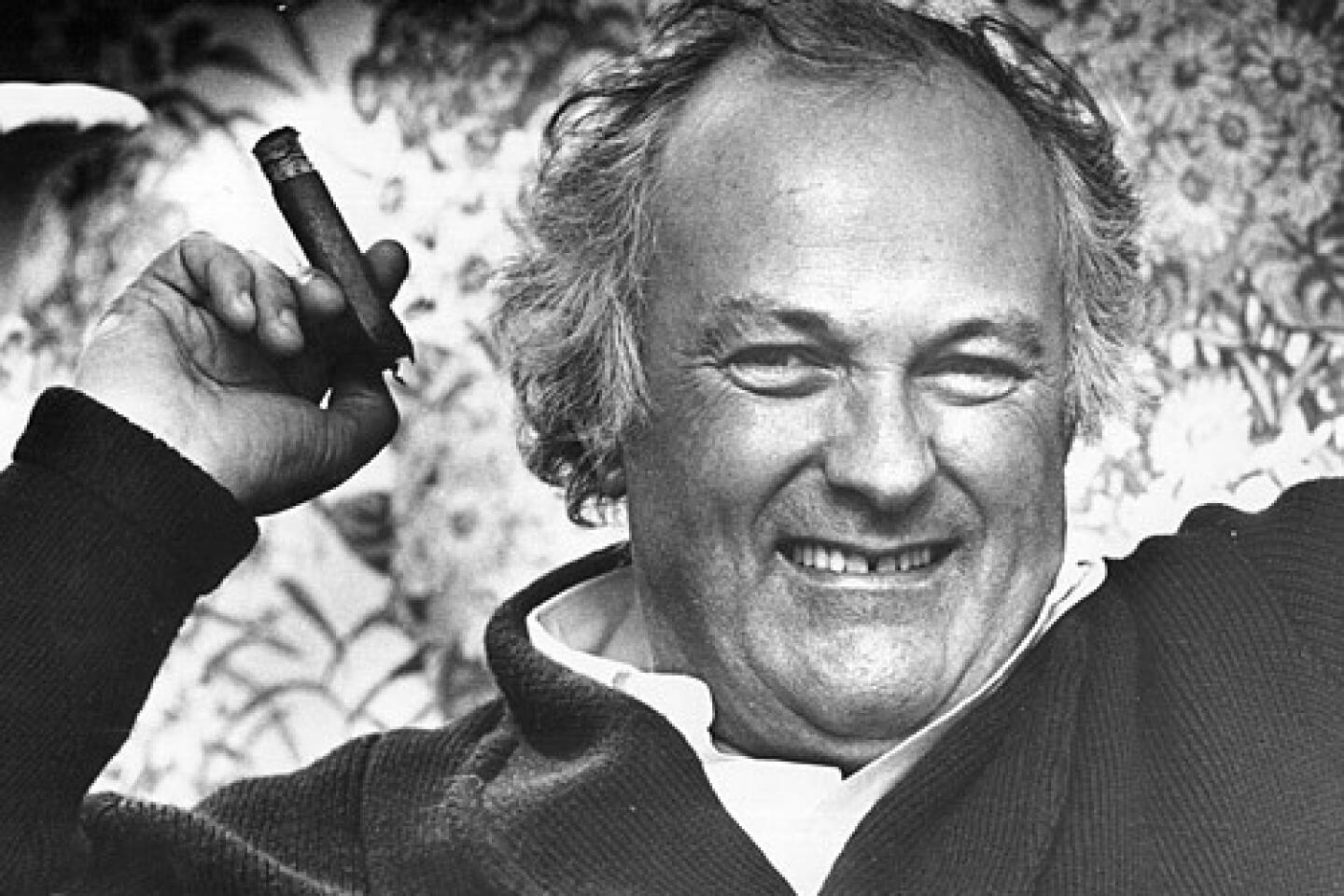PASSINGS: Joe Clarke, Ronald Searle
- Share via
Joe Clarke
Youth basketball icon in Los Angeles
Joe Clarke, 75, a youth basketball icon in Los Angeles for nearly 40 years who founded the Watts Magicians travel team and helped dozens of boys and girls try to reach their basketball dreams on and off the court, died Thursday at Lakewood Regional Medical Center after an illness, according to family friend Ronald Scipio.
Born in Panama on Jan. 11, 1936, Clarke teamed with Willie Naulls to create the South-Central L.A. Athletic Club, which evolved into the Watts Magicians travel team. It became an outlet and opportunity for young boys and girls to play basketball.
Among the players who went through the program were Cedric Ceballos, Michael Cooper, David Greenwood, Roy Hamilton, Marques Johnson, Dwayne Polee, Reggie Theus and John Williams, who went on to play in the NBA. Former WNBA players Cynthia Cooper and Lisa Leslie had also participated in the program.
“He’s touched many lives on and off the court,” Scipio said. “This was the guy who pioneered travel basketball.”
He also was known for “vocabulary basketball,” which he used to educate his players.
“I devised a list of vocabulary words, which became the 10 commandments of the Watts Magicians,” Clarke said in a 1985 Times article. “I’d put the words on a card and, during practice, if someone wasn’t doing his job, I’d stop and say, ‘What’s this word?’ If it was ‘responsibility,’ I’d explain what the word meant and its importance to the individual. A lesson, not just bouncing the ball.”Ronald Searle
British cartoonist created St.Trinian’s satire
Ronald Searle, 91, a British cartoonist who created the willfully wicked schoolgirls of St. Trinian’s, died Dec. 30 in the small city of Draguignan in southern France after a short illness, his family said.
Searle was a prolific illustrator who drew for the New Yorker, Punch, Le Monde and Walt Disney, but it was the fictional girls’ boarding school where the students ran amok that most captured the public imagination.
The long-legged, leering schoolgirls drank, smoked and generally cut a swath of destruction; their weapon-wielding antics were colored by Searle’s morbid sense of humor and spiky drawings. His satire of the venerable English school system struck a chord, launching a series of hit films.
Searle’s secret, as one early profile noted, was to turn “the very epitome of decency and polite tradition for every right-thinking Englishman” into “a place of terror more hellish than anything conceived since the days of Hieronymus Bosch and Pieter Brueghel.”
Searle’s dark streak may well have been informed by his experiences as a soldier during World War II. Born in Cambridge, England, on March 3, 1920, he saw his promising career as cartoonist interrupted when the Japanese captured him in Singapore. He spent the rest of the war as a prisoner but somehow managed to keep drawing despite beatings and bouts of malaria and beriberi, a disease in which the body does not have enough vitamin B1.
His drawings of horrific camp life were published after his liberation in 1945 in fellow prisoner Russell Braddon’s account of his own captivity, “The Naked Island.”
—Los Angeles Times staff and wire reports
More to Read
Start your day right
Sign up for Essential California for the L.A. Times biggest news, features and recommendations in your inbox six days a week.
You may occasionally receive promotional content from the Los Angeles Times.
